AVAF Festival // Ethiopian Videoart
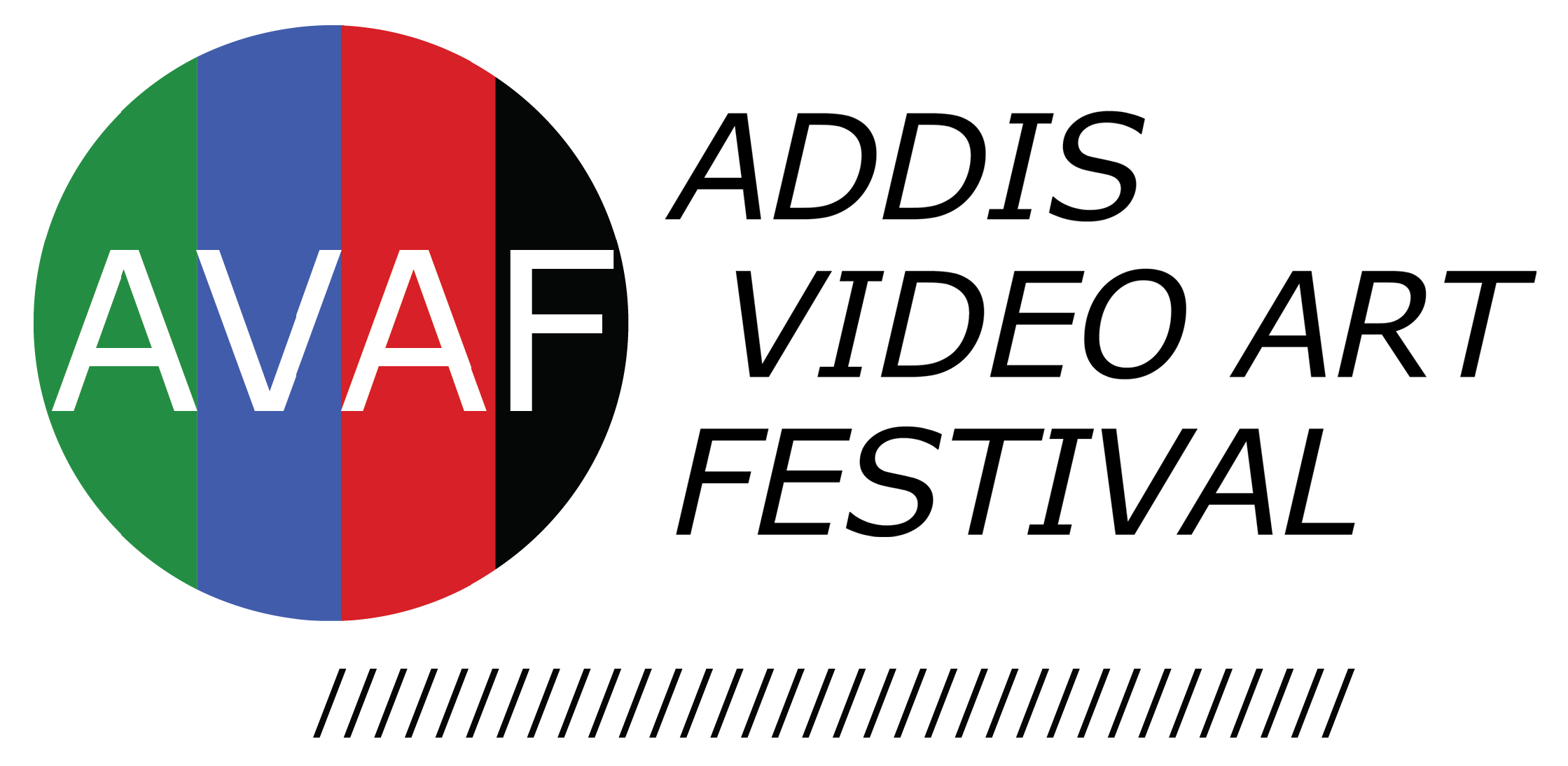
Video installations all days until 3th July.
AVAF:
/////////////////////////////////////////////////////////
El Festival de VideoArte Addis tiene la intención de proporcionar una plataforma para el arte de vídeo innovador en Addis Abeba, Etiopía. El festival se proyectará por toda la ciudad en una variedad de lugares, incluyendo las esquinas de las calles, tejados, centros públicos y centros de arte. Al mostrar estos trabajos en espacios convencionales y no convencionales, el festival llegará tanto a la comunidad de artistas como a los habitantes de la ciudad. El festival tiene como objetivo crear un diálogo entre artistas locales e internacionales mediante el fomento de la cultura de los medios digitales.
Addis Video Art Festival intends to provide a platform for innovative video art in Addis Ababa, Ethiopia. The festival will screen throughout the city in a variety of locations including street corners, rooftops, public centers and art centers. By sharing video art in both conventional and non-conventional settings, the festival will reach both the artist community and the everyday passerby. The festival aims to create a dialogue between local, and international artists by encouraging digital media culture.
El movimiento como cimiento
Grounded in Movement
/////////////////////////////////////////////////////////
De acuerdo con la ley unificadora de Einstein, debe producirse un ciclo de transformación continua entre la masa y la energía para que cualquier cosa pueda existir. Addis Abeba se encuentra en medio de una transformación de grandes proporciones. Se está expandiendo drásticamente, con más de una cuarta parte de sus residentes mudándose a barrios de nueva construcción. A medida que las comunidades antiguas desaparecen otras nuevas se van formando. Haciendo eco de la situación actual de la ciudad, estos videos examinan como, paradójicamente, la energía su mueve de forma lineal y que relación tiene ese movimiento con la quietud. ¿Cómo se pueden negociar estos cambios?, ¿Cuál es el eje del tiempo entre el pasado y el presente?, ¿Cómo se puede hacer frente a lo conocido y lo desconocido?, ¿Cómo se puede soportar la necesidad constante de pertenecer, mientras todo a nuestro alrededor se encuentra en transición?
According to Einstein’s unifying law, a continuos transformational cycle between mass and energy must occur for anything to exist. Addis Ababa is in the midst of massive transformation. It is expanding drastically with over a quarter of its current residents relocating to newly built neighborhoods. As old communities are disappearing new ones are forming. Echoing the current state of the city, these videos examine the paradoxical unity of movement in energy and its relationship to stillness.How does one negotiate these shifts? What is the axis of time in the frame of the past and the present? How does one cope with the familiar and the unfamiliar? How does one endure a consistent belonging while everything around it is in transition?
ADDIS VIDEO ART FESTIVAL SELECTION 2015
/////////////////////////////////////////////////////////
Berhanu Ashagrie, Addis Ababa, the Enigma of the new and the modern, 2013, 4:33
Betelhem Makonnen, (w)here is here, 2014, 02:35
Helen Zeru, Inside Out, 2014, 4:17
Helina Metaferia, The Newest Flower, 07:48, 2015
Maranata Tegegne, My Backyard, 2011, 1:00
Martha Haile and Noregard, You can’t eat money, 2014, 10:05
Miriam Haile, Tigrinya Wealth, 2015, 09:38
Mulugeta Gebrekidan, Inside Out, 2013, 2:58
Naod Lemma, 360 Birtukanoch/ 360 Oranges, 2015, 14:57
Robel Temesgen, Semone Himamat/ Holy Week, 2015, 2:01
Yacob Bizuneh, Circle and Hollow, 2013, 3:19
/////////////////////////////////////////////////////////
Berhanu Ashagrie, Addis Ababa, the Enigma of the new and the modern, 4:33, 2013
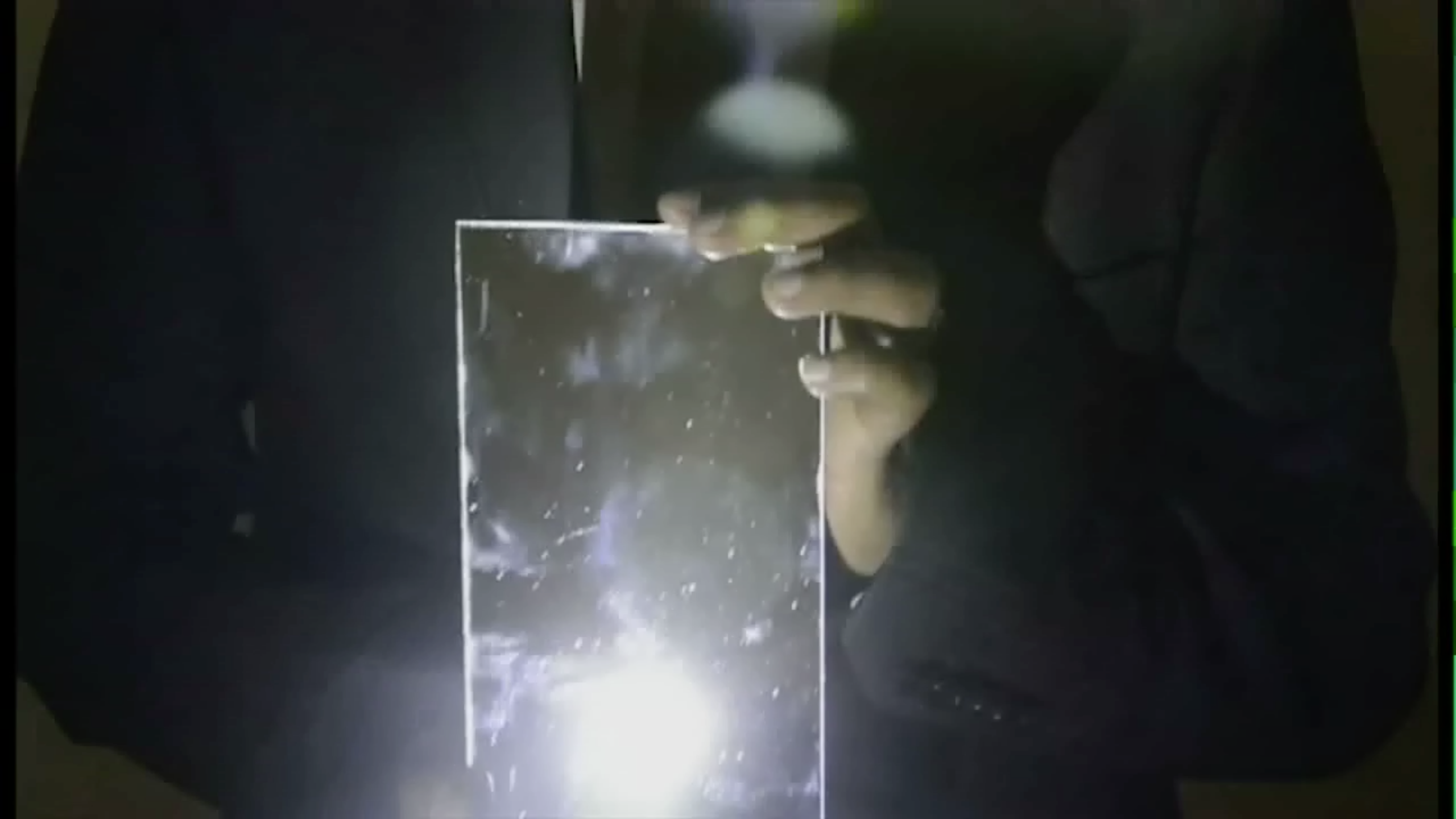 Synopsis:Obra de VideoArte, bajo el título El Enigma De Lo Nuevo Y Lo Moderno. En mis proyectos anteriores, me centré en las orientaciones espaciales del paisaje urbano rápidamente cambiante, los beneficios visibles e invisibles y las consecuencias para los espacios y lugares de la ciudad. A través de este proyecto de VideoArte, he tratado de ir más allá de lo físico, más allá de lo concreto, he empezado a ver a qué nivel la presencia de habitantes en la ciudad se siente y cómo; sus emociones, reacciones, expectativas, creencias, pensamientos… entrando y saliendo del aquí y el ahora del presente. Creo firmemente que la forma de las ciudades en un momento dado, reflejan las personas que la habitan. Mi proyecto intenta encontrar formas alternativas de mantener un diálogo permanente sobre un paisaje urbano que cambia rápidamente y las condiciones humanas que tienen lugar en el mismo. Video Art, made under a project entitled the Enigma of the New and the Modern. In my previous projects, I was mainly engaged with spatial orientations in the rapidly changing urban landscape and the visible and invisible benefits and consequences of city spaces / places. Through this Video Art project, I have been trying to go beyond the physicality of spaces and places in the city. Beyond the concrete, I have started to see the level of presence of inhabitants in the city; their emotions, reactions, expectations, beliefs, thoughts, … in-and-out through the here-and-now moments of the present. I strongly believe that, the form of appearance of cities in anytime, are mainly about the people embodied within. My recent project attempts to find alternative ways to sustain an ongoing dialogue on the rapidly changing urban landscape and the human conditions in it.
Synopsis:Obra de VideoArte, bajo el título El Enigma De Lo Nuevo Y Lo Moderno. En mis proyectos anteriores, me centré en las orientaciones espaciales del paisaje urbano rápidamente cambiante, los beneficios visibles e invisibles y las consecuencias para los espacios y lugares de la ciudad. A través de este proyecto de VideoArte, he tratado de ir más allá de lo físico, más allá de lo concreto, he empezado a ver a qué nivel la presencia de habitantes en la ciudad se siente y cómo; sus emociones, reacciones, expectativas, creencias, pensamientos… entrando y saliendo del aquí y el ahora del presente. Creo firmemente que la forma de las ciudades en un momento dado, reflejan las personas que la habitan. Mi proyecto intenta encontrar formas alternativas de mantener un diálogo permanente sobre un paisaje urbano que cambia rápidamente y las condiciones humanas que tienen lugar en el mismo. Video Art, made under a project entitled the Enigma of the New and the Modern. In my previous projects, I was mainly engaged with spatial orientations in the rapidly changing urban landscape and the visible and invisible benefits and consequences of city spaces / places. Through this Video Art project, I have been trying to go beyond the physicality of spaces and places in the city. Beyond the concrete, I have started to see the level of presence of inhabitants in the city; their emotions, reactions, expectations, beliefs, thoughts, … in-and-out through the here-and-now moments of the present. I strongly believe that, the form of appearance of cities in anytime, are mainly about the people embodied within. My recent project attempts to find alternative ways to sustain an ongoing dialogue on the rapidly changing urban landscape and the human conditions in it.
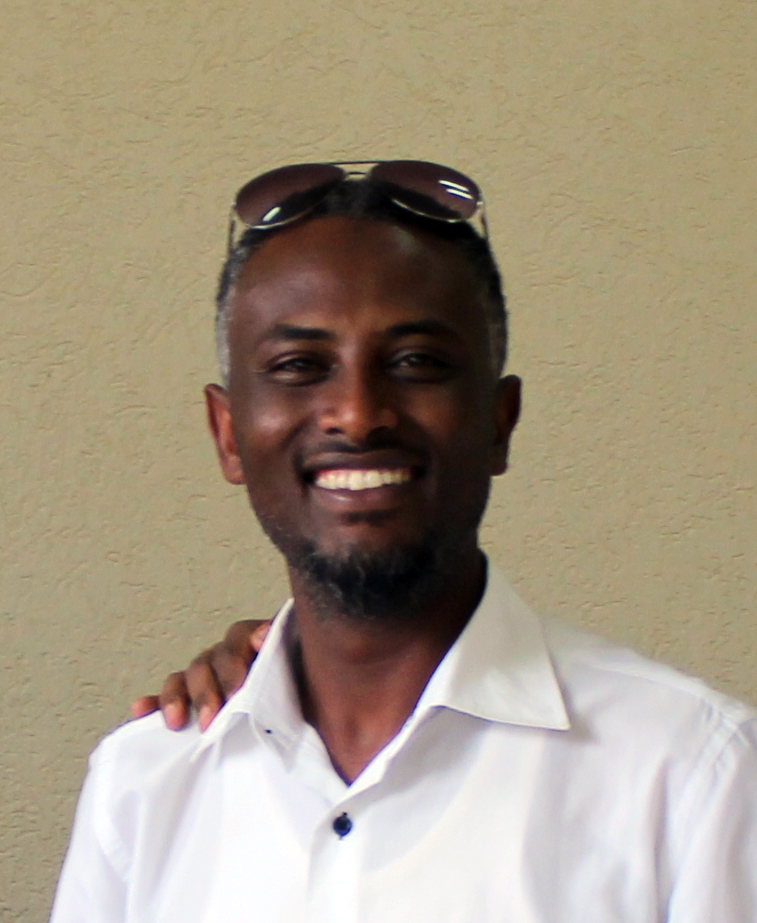 Bio:Berhanu Ashagrie Deribew, artista visual, director de la Escuela Alle de Bellas Artes y Diseño, en el marco del Colegio de Artes Escénicas y Visuales Skunder Boghossian de la Universidad de Addis Abeba. A través de su compromiso institucional, que se ha centrado fundamentalmente en la generación de posibilidades críticas y multidisciplinares para ofrecer un educación artística en la escuela de medios de creación en el tiempo. Como artista también es comprometido en su práctica de vídeo inspirada en los espacios de la ciudad y los lugares que continuamente se han redefinido a medida que el entorno cambia rápidamente en paisajes urbanos.
Bio:Berhanu Ashagrie Deribew, artista visual, director de la Escuela Alle de Bellas Artes y Diseño, en el marco del Colegio de Artes Escénicas y Visuales Skunder Boghossian de la Universidad de Addis Abeba. A través de su compromiso institucional, que se ha centrado fundamentalmente en la generación de posibilidades críticas y multidisciplinares para ofrecer un educación artística en la escuela de medios de creación en el tiempo. Como artista también es comprometido en su práctica de vídeo inspirada en los espacios de la ciudad y los lugares que continuamente se han redefinido a medida que el entorno cambia rápidamente en paisajes urbanos.
Berhanu Ashagrie Deribew, visual artist, head of the Alle School of Fine Arts and Design, under the Skunder Boghossian College of Performing and Visual Arts, Addis Ababa University. Through his institutional engagement, he has mainly been focused on generating critical and multidisciplinary possibilities to offer time-based art education in the school. As an artist, he has also been highly engaged on process-based creative practices in city spaces and places that have continuously been redefined through the rapidly changing environment in urban landscapes.
/////////////////////////////////////////////////////////
Betelhem Makonnen, (w)here is here – 02:35, 2014

Synopsis:¿(d)ónde es aquí? ¿Es aquí aquí? ¿O aquí? ¿O aquí? ¿(d)ónde es aquí? Aquí está aquí. No hay allí. No hay allí, allí. El movimiento de allí y a allí es aquí. Aquí es movimiento y el movimiento está aquí. “El movimiento es la realidad misma” del libro de Henri Bergson La mente creativa: Introducción a la metafísica (1946)
(w)here is here? Is here here? Or here? Or here? (w)here is here? Here is here.There is no there. There is no there there. Movement to there and there is here. Here is movement and movement is here. “Movement is reality itself.” Henri Bergson from his book The Creative Mind: An Introduction to Metaphysics (1946)
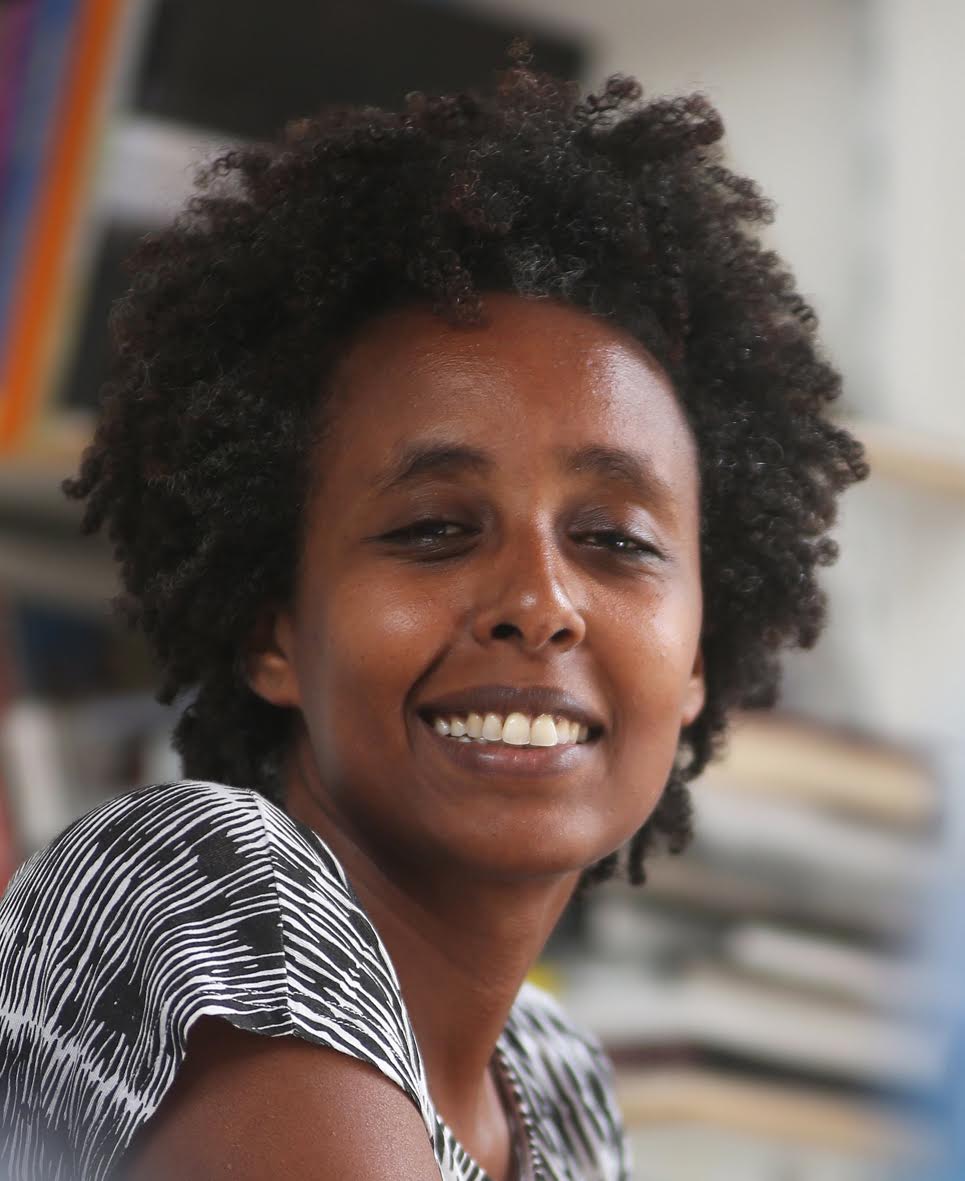 Bio: Betelhem Makonnen es una artista conceptual cuya investigación se ocupa de las cuestiones perennes de la existencia. A través de sus obras se investiga la relación entre elementos contradictorios a partir de sus propias experiencias personales en constante diálogo con su práctica diaria de la observación, la lectura y el recorrer las calles. Se interesa en el mal uso deliberado y continuo de herramientas, ya sean con las que nacemos o las que creamos. La filosofía y la historia, tanto en el pasado y el futuro, juegan un papel activo en sus investigaciones que hacen el estudio una parte necesaria de su práctica. Actualmente trabaja principalmente en fotografía, vídeo e instalaciones, pero no es leal a ningún medio. Su lealtad es al proceso y sólo al proceso. Originaria de Etiopía (1972) vive y trabaja en Río de Janeiro y Austin, Texas.
Bio: Betelhem Makonnen es una artista conceptual cuya investigación se ocupa de las cuestiones perennes de la existencia. A través de sus obras se investiga la relación entre elementos contradictorios a partir de sus propias experiencias personales en constante diálogo con su práctica diaria de la observación, la lectura y el recorrer las calles. Se interesa en el mal uso deliberado y continuo de herramientas, ya sean con las que nacemos o las que creamos. La filosofía y la historia, tanto en el pasado y el futuro, juegan un papel activo en sus investigaciones que hacen el estudio una parte necesaria de su práctica. Actualmente trabaja principalmente en fotografía, vídeo e instalaciones, pero no es leal a ningún medio. Su lealtad es al proceso y sólo al proceso. Originaria de Etiopía (1972) vive y trabaja en Río de Janeiro y Austin, Texas.
Betelhem Makonnen is a conceptual artist whose research deals with the perennial questions of existence. Through her works she investigates the relationship between elements usually perceived as contradictory using as platform her own personal experiences in constant dialogue with the gleanings of her daily practice of observation, reading and wandering. She is interested in the deliberate and continuous misuse of tools, be them the ones we are born with or the ones we create. Philosophy and history, both past and future, play an active role in her investigations making research a necessary part of her practice. She currently works primarily in photography, video and installations but has no loyalty to any medium. Her loyalty is to process and only process. A native of Ethiopia (b. 1972) lives and works in Rio de Janeiro and Austin, Texas.
/////////////////////////////////////////////////////////
Helen Zeru, Inside Out, 4:17, 2014
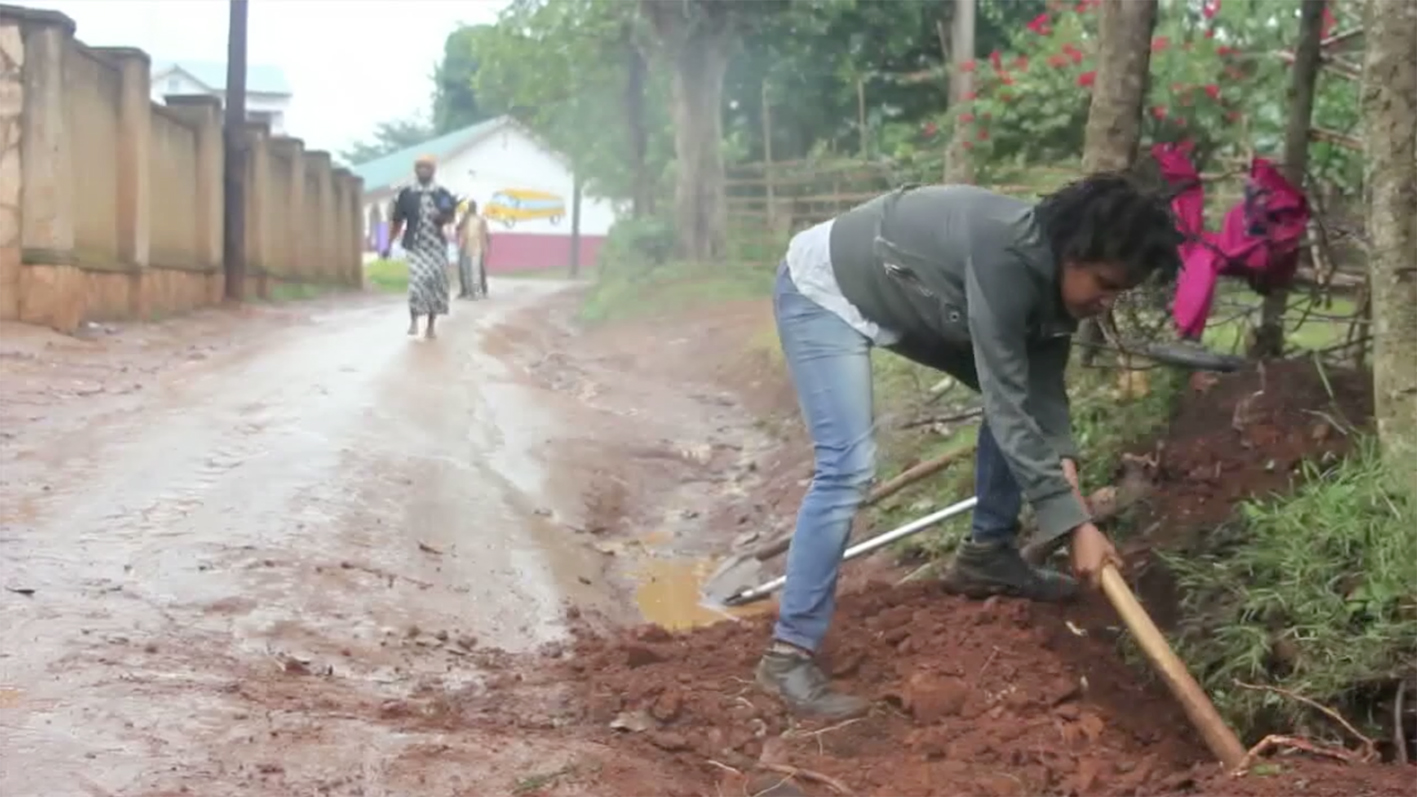
Synopsis:Tres performances como resultado de este proceso, una, el arrancado de un árbol grande, otra performance tiene lugar en el espacio vacío dejado por el árbol y una tercera el plantado del árbol en un nuevo lugar. Y todo parte de una conversación con los refugiados de Eritrea y Etiopía, y las historias de su viaje desde el hogar que dejan hasta Kamala, y los planes de vida futura en terceros países. Así que tomé el árbol como metáfora del proceso de desarraigo de un árbol y replante en un nuevo lugar para ver si las raíces encontrarían su camino de regreso a la tierra de nuevo.
Three performance as an outcome of this process, one, the uprooting of a big tree, another performance in the empty space/ whole where the tree left,, and third the re-planting of the tree in a new place. Which Start from a conversation with Eritrean and Ethiopian refugees. The stories they encounter on this journey from their home
to Kampala and plans for the third countries. So I took a tree as a metaphor, with the process of uprooting a tree and replanting it in a new place to see if the roots would find their way back into the soil again.
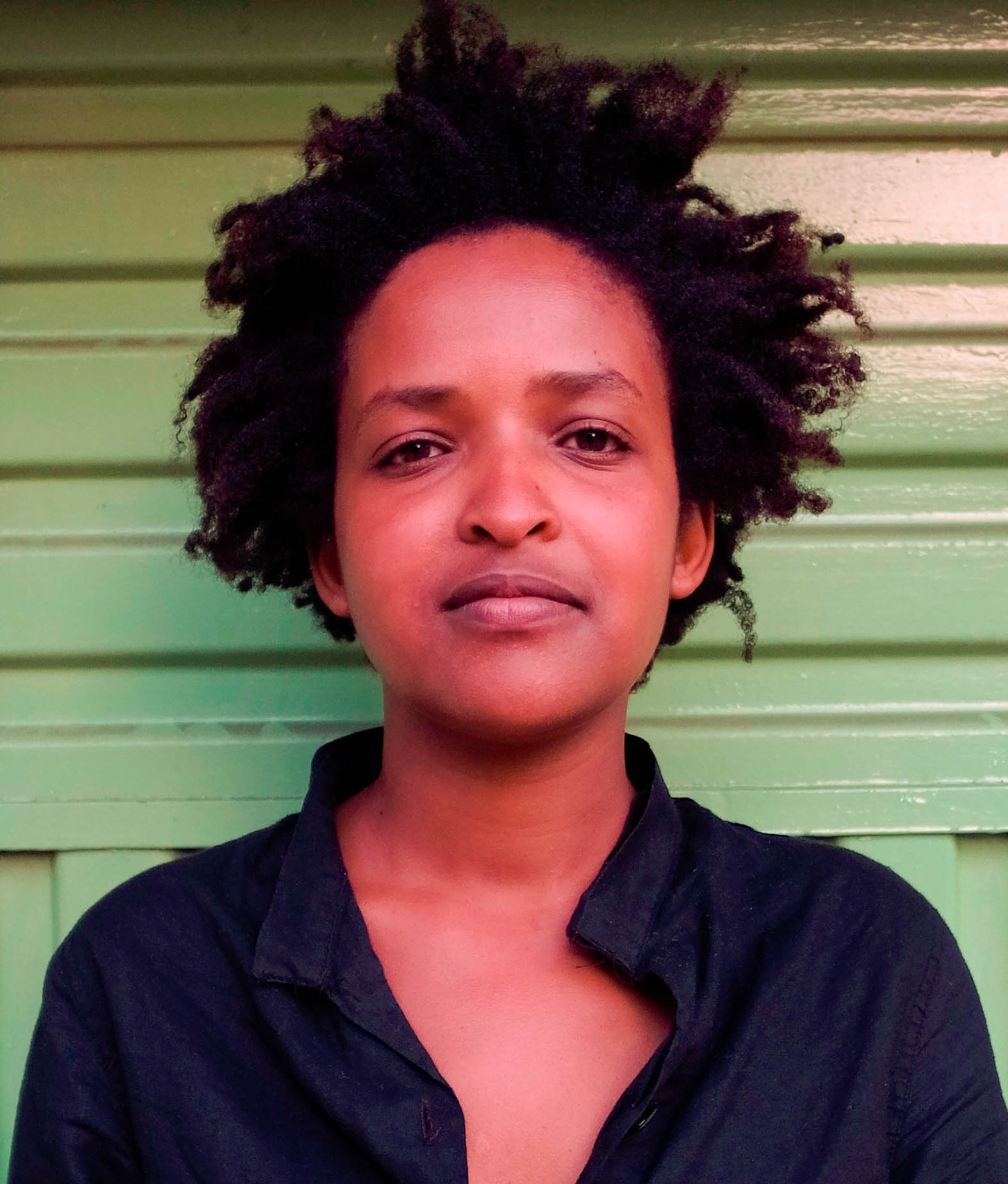 Bio:
Bio:
A menudo pienso en mi obra de arte como un proceso de cura para hacer frente a sucesos muy personales y emocionales en mi vida. Comienza como un reflejo de estos temas privados y acaba entrando en un contexto social más amplio, tocando temas relevantes y apremiantes de la sociedad. Mis obras de arte tiene una visión crítica de los problemas sociales, políticos y culturales en relación con el desarrollo urbano, a menudo hacen referencia a mi propia ciudad de Addis Abeba. Mi reacción ante la carrera hacia el desarrollo de Addis y cómo esto está afectando o interferiendo en la vida de sus habitantes. La influencia del modernismo arquitectónico y repensar la forma en que abordamos la modernidad, y lo que significa. En mi práctica en la facultad, trabajé principalmente con el grabado y después comencé a trabajar con fotografía, instalación, videoarte, performance, dibujo, obras de arte experimental y obras basadas en el proceso. Utilizo varios materiales como la madera, la tela, el vidrio acrílico y objetos recogidos, pero a menudo son los conceptos que deciden que material utilizar y viceversa. Además de trabajar en mis propios proyectos he trabajado con niños vulnerables en diferentes de ONG locales e internacionales como terapeuta de arte desde hace muchos años. He expuesto en numerosas exposiciones a nivel local y a nivel internacional como Berlín, Viena, Amsterdam, Georgia, Egipto y Estados Unidos. Entre los espacios en los que mi trabajo se ha mostrado están la galería Kabbo Ka Muwala, Harare; el Festival de VideoArte Addis, Addis Abeba; Galería Mumok, Viena Austria; Neue National Gallery, Berlín; Estudios Das WeisseHaus Viena; ENBW Showroom Berlín; Primera Trienal de Tibilisi, Georgia; comisarios independientes Internacionales (ICI) de Nueva York; Belgrado; GIZ Addis Abeba; Universitat der Künste de Berlín; Museo de Arte Moderno de Addis Abeba; Galería Asni; Galería Nacional de Addis Abeba, Etiopía.
Helen Zeru I often think of my artwork as a healing process to deal with very personal and emotional incidents in my life. It starts as a reflection of these private themes and ends up entering a broader social context, touching relevant and pressing issues in the society. My art works takes a critical view of social, political and cultural issues in relation with urban development, often referencing my own city Addis Ababa. My reactions to Addis’s rush to development and how this is affecting or interfering in the lives of us the inhabitants through this journey. The influence of architectural modernism and in rethinking the way we address modernity, and what it means.
On my school practice, I worked mainly with woodcut printing and after that I bound in to working with Photography, Installation, Video art, Performance, Drawing, experimental and process oriented artworks.
I use a variety of materials like wood, fabric, acrylic glass and collected objects and processes in each project. Even so, often the concepts lead the material and vice versa.
Besides working on my own projects I have worked with vulnerable children from different local and international NGO’s as an art therapist for many years. I have exhibited in numerous exhibitions locally and internationally including Berlin, Vienna, Amsterdam, Georgia, Egypt and the U.S. Exhibition venues include the Kabbo Ka Muwala, Harare. Addis Video Art festival, Addis Ababa. Mumok Gallery, Vienna Austria. Neue National Gallery, Berlin. Studios Das WeisseHaus Vienna, EnBw Show room Berlin, 1stTibilis Triennial Georgia, Independent curators International (ICI) New York, Belgrade, GIZ Addis Ababa, Unversitant Der Kunste Berlin, Modern Art Museum Addis Ababa, Asni Gallery, National Gallery Addis Ababa, Ethiopia.
/////////////////////////////////////////////////////////
Helina Metaferia, The Newest Flower, 07:48, 2015
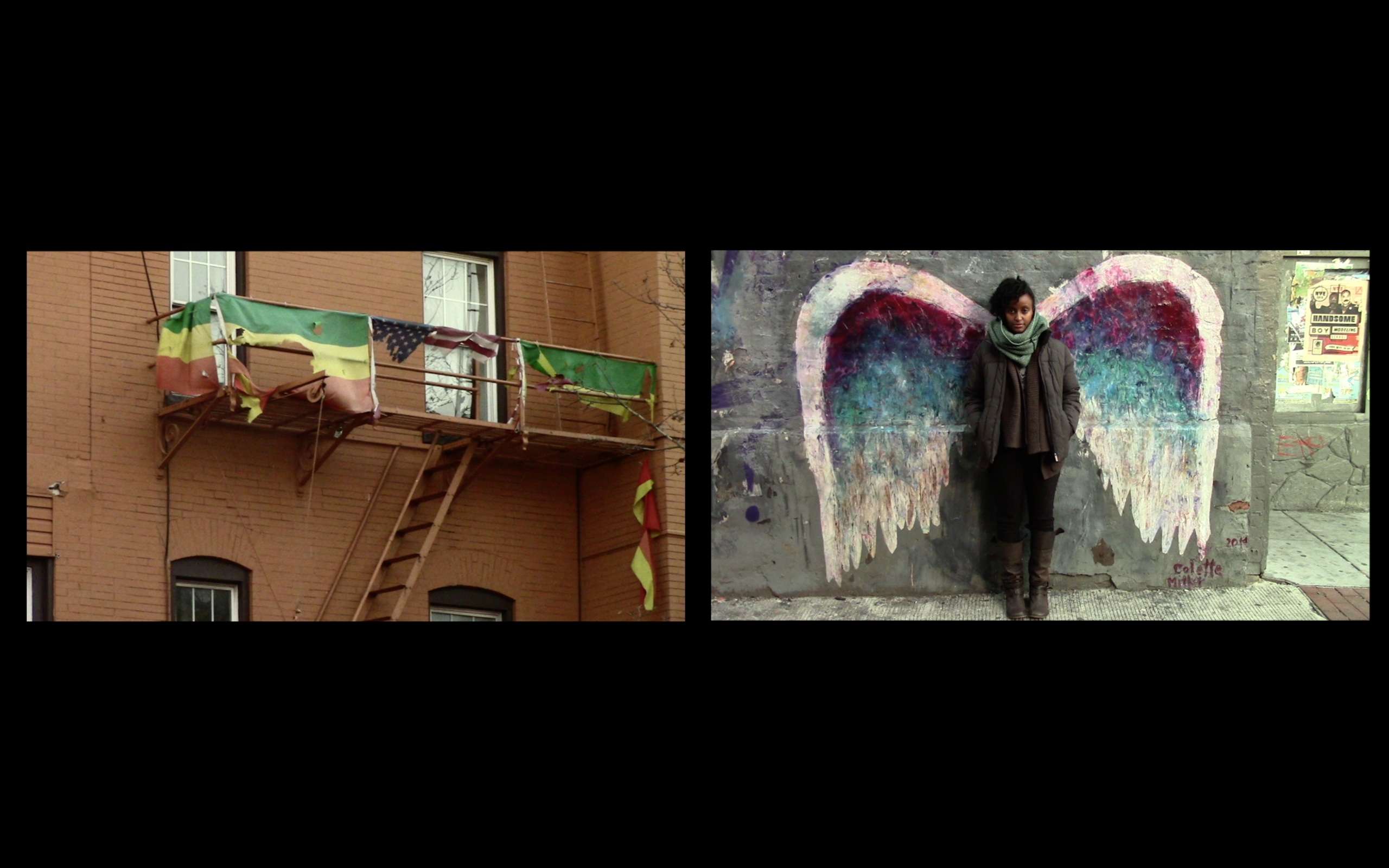
Synopsis: “La flor más nueva” es un ensayo en vídeo que investiga las narrativas transnacionales de la comunidad de la diáspora americana etíope de primera generación que vive en Washington, DC y Addis Abeba, Etiopía. A través de la recopilación de imágenes de vídeo y de las historias orales de personas que residen en ambas capitales, el vídeo destaca la experiencia de vivir en Estados Unidos y busca redefinir las nociones de pertenencia y de hogar.
The Newest Flower is a video essay that investigates the transnational narratives of the first generation Ethiopian American diaspora community living in Washington, DC and Addis Ababa, Ethiopia. Through the collection of video images and the oral stories of people residing in both capital cities, the video highlights the New American experience and seeks to redefine notions of belonging and home.
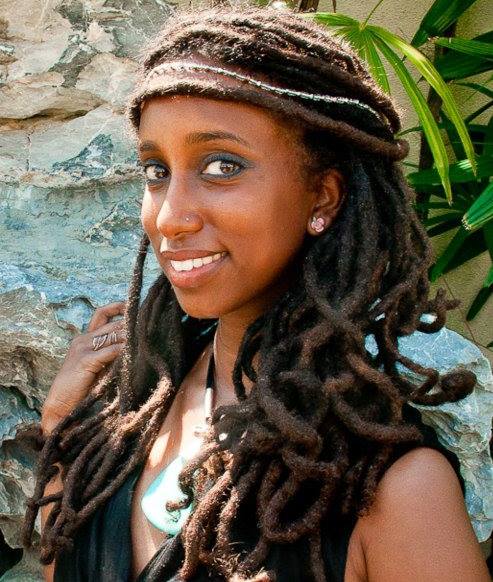 Bio: Helina Metaferia es una artista interdisciplinaria que trabaja en performance, vídeo, instalación, escultura y los trazos. Como primera generación etíope-estadounidense, el trabajo de Helina se alimenta de su interés en las narrativas de la diáspora, el transnacionalismo, y los estudios de género. Sacó su maestría de Bellas Artes en el 2015 por la Escuela del Museo de Bellas Artes de la Universidad de Tufts, Helina fue nombrada una de las estudiantes a seguir por el Boston Globe y fue seleccionada para dar el discurso de graduación de 2015. Ella es la ganadora del Premio de Viaje Montague, Premio Boit, Premio de Investigación para Graduados de Tufts, y el Premio del Presidente de la SMFA. En la actualidad tiene el puesto de profesora es AICAD Post-Graduate en el Instituto de Arte de San Francisco, donde imparte clases de graduado y postgraduado en el nuevo departamento de género. El trabajo de helina se ha expuesto en lugares como el Museo de Bellas Artes de Boston, Masachussetts; Galeria Labirynt en Lublin, Polonia; Espacio de Exposiciones Grace en Brooklyn, Nueva York; Galería International Visions en Washington, DC y la Galería Defibrillator Gallery en Chicago, Illinois. Recientemente realizó una performance con la artista María Magdalena Campos-Pons durante la retrospectiva Carrie Mae Weems en el Museo Guggenheim de Nueva York, y en la 12ª Bienal de La Habana en Cuba.
Bio: Helina Metaferia es una artista interdisciplinaria que trabaja en performance, vídeo, instalación, escultura y los trazos. Como primera generación etíope-estadounidense, el trabajo de Helina se alimenta de su interés en las narrativas de la diáspora, el transnacionalismo, y los estudios de género. Sacó su maestría de Bellas Artes en el 2015 por la Escuela del Museo de Bellas Artes de la Universidad de Tufts, Helina fue nombrada una de las estudiantes a seguir por el Boston Globe y fue seleccionada para dar el discurso de graduación de 2015. Ella es la ganadora del Premio de Viaje Montague, Premio Boit, Premio de Investigación para Graduados de Tufts, y el Premio del Presidente de la SMFA. En la actualidad tiene el puesto de profesora es AICAD Post-Graduate en el Instituto de Arte de San Francisco, donde imparte clases de graduado y postgraduado en el nuevo departamento de género. El trabajo de helina se ha expuesto en lugares como el Museo de Bellas Artes de Boston, Masachussetts; Galeria Labirynt en Lublin, Polonia; Espacio de Exposiciones Grace en Brooklyn, Nueva York; Galería International Visions en Washington, DC y la Galería Defibrillator Gallery en Chicago, Illinois. Recientemente realizó una performance con la artista María Magdalena Campos-Pons durante la retrospectiva Carrie Mae Weems en el Museo Guggenheim de Nueva York, y en la 12ª Bienal de La Habana en Cuba.
Helina Metaferia is an interdisciplinary artist working in performance, video, installation, sculpture, and mark-making. As a first-generation Ethiopian-American, Helina’s work is informed by an interest in diaspora narratives, transnationalism, and gender studies. A 2015 MFA graduate of Tufts University’s School of the Museum of Fine Arts, Helina was named one of the “top MFA students to watch” by the Boston Globe and was selected to be the 2015 Graduate Student Commencement Speaker. She is the recipient of the Montague Travel Award, Boit Award, Tufts Graduate Student Research Award, and SMFA President’s Award. She is currently a 2015-2017 AICAD Post-Graduate Teaching Fellow at the San Francisco Art Institute, where she teaches undergraduate and graduate classes in the new genres department. Helina’s work has been exhibited at venues including the Museum of Fine Arts in Boston, MA; Galeria Labirynt in Lublin, Poland; Grace Exhibition Space in Brooklyn, NY; International Visions Gallery in Washington, DC; and Defibrillator Gallery in Chicago, IL. She recently performed with artist Maria Magdalena Campos-Pons during the Carrie Mae Weems Retrospective at the Guggenheim Museum in New York, NY and at the 12th Havana Biennial in Havana, Cuba.
/////////////////////////////////////////////////////////
Maranata Tegegne, Maranata Tegegne, My Backyard, 1:00, 2011
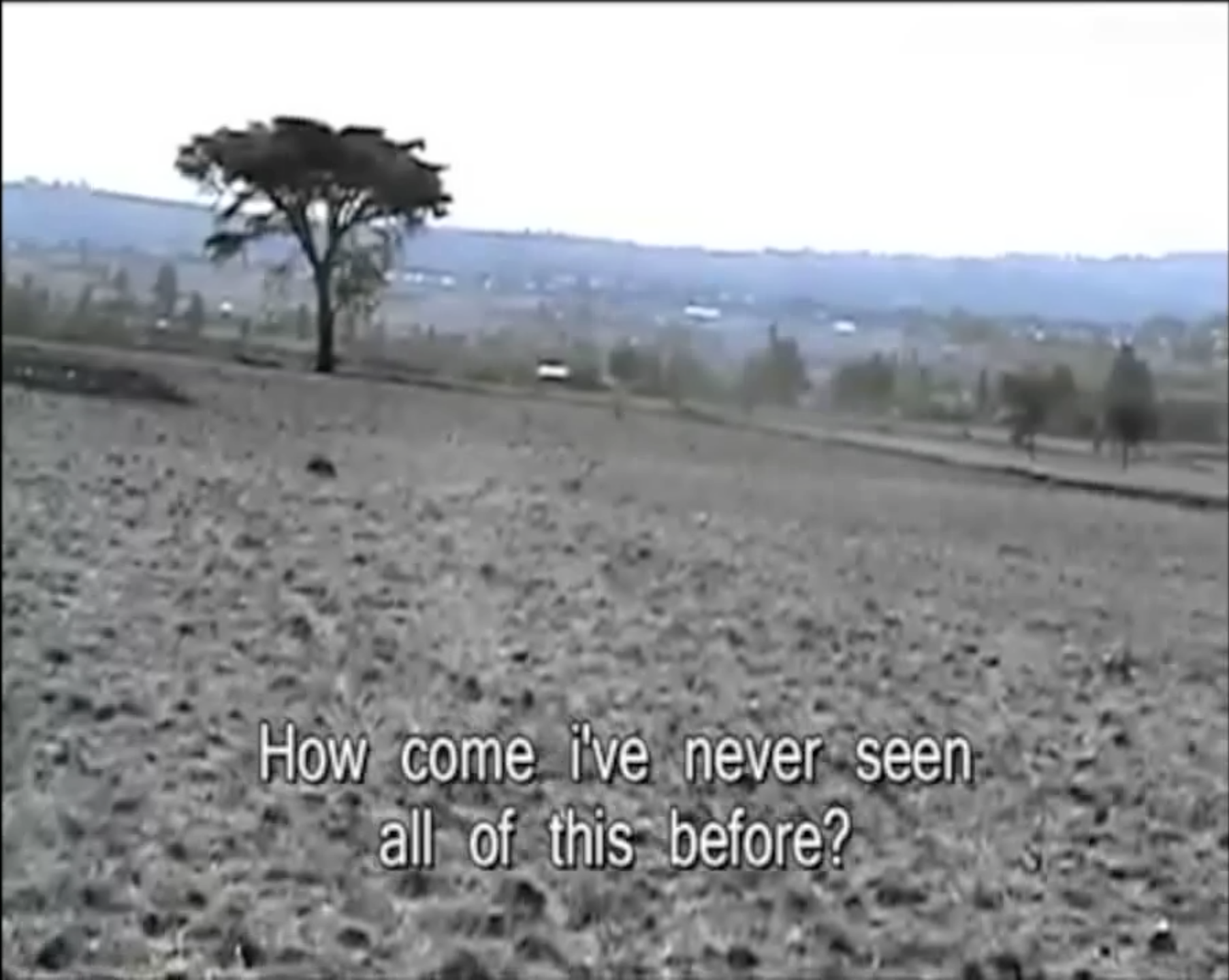
Synopsis: Un hombre intenta sacar sentido a los cambios sufridos por su habitat.
A man’s search to understand the changing environment.
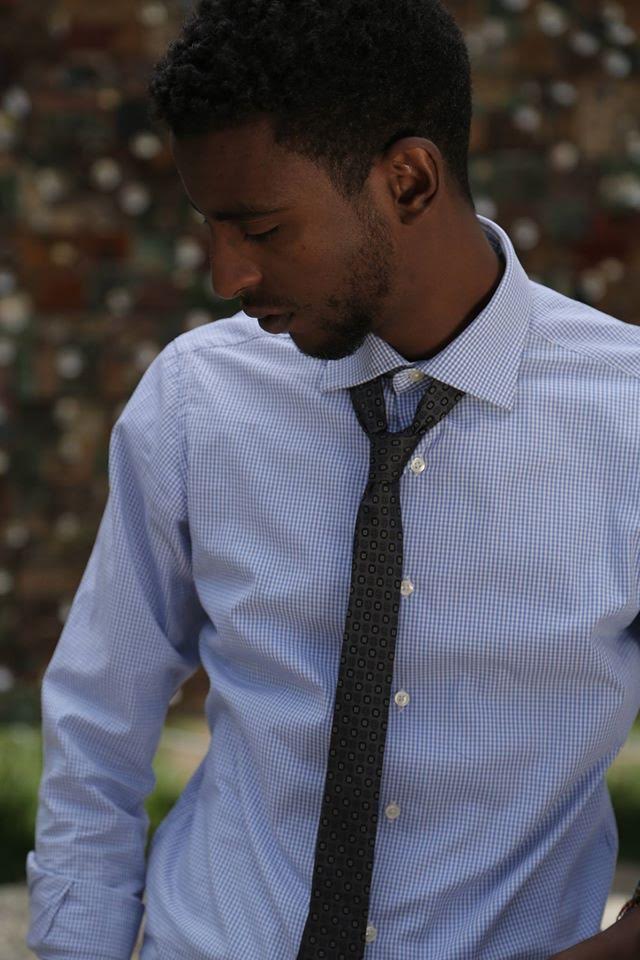 Bio: Maranata Tegegne es un cineasta y director creativo etíope que actualmente trabaja en una agencia de publicidad en Addis Abeba, Etiopía. Maranata creció con una pasión por el cine y más tarde decidió convertirse en director de cine porque el cine parecía ser la única plataforma capaz de comunicar sus ideas. Él ha estado trabajando en proyectos cortos como cortometrajes, documentales y anuncios en los últimos años con el objetivo de convertirse en un director de cine preparado con la capacidad de hacer largometrajes.
Bio: Maranata Tegegne es un cineasta y director creativo etíope que actualmente trabaja en una agencia de publicidad en Addis Abeba, Etiopía. Maranata creció con una pasión por el cine y más tarde decidió convertirse en director de cine porque el cine parecía ser la única plataforma capaz de comunicar sus ideas. Él ha estado trabajando en proyectos cortos como cortometrajes, documentales y anuncios en los últimos años con el objetivo de convertirse en un director de cine preparado con la capacidad de hacer largometrajes.
Maranata Tegegne is an Ethiopian film maker and creative director currently working in an ad agency in Addis Ababa, Ethiopia. Maranata grew up with a passion for film and later decided to become a film director because film seemed to be the only relevant platform to communicate his ideas. He’s been working on short projects like short films, docs and ads for the past few years with the aim of becoming a well rounded film director with the capacity to make feature films.
/////////////////////////////////////////////////////////
Martha Haile and Noregard, You can’t eat money, 10:05, 2012
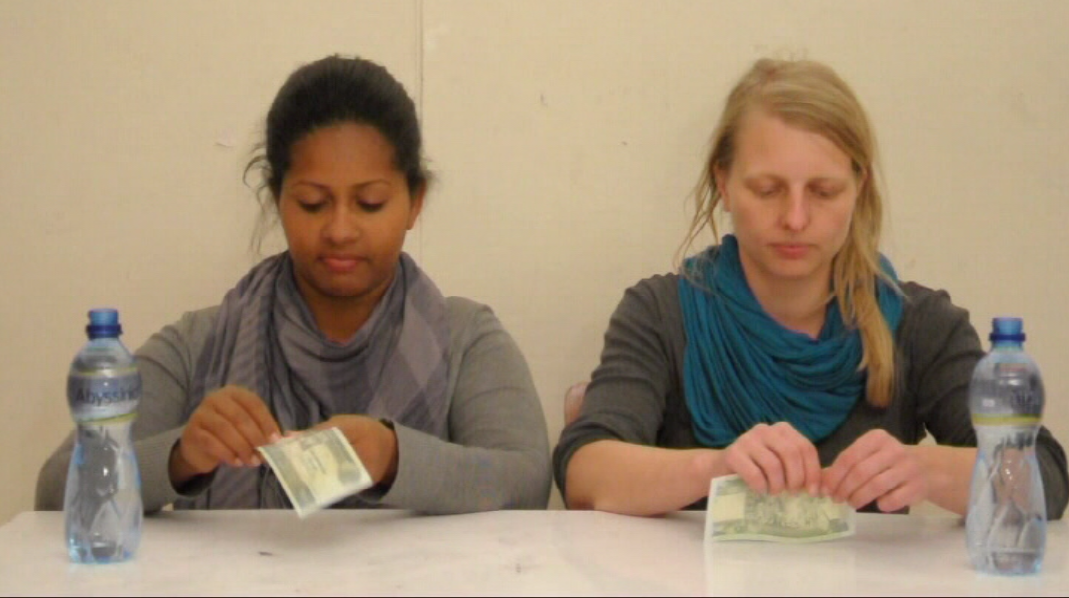
Synopsis: Pieza de videoarte en colaboración con un artista alemán y otro etíope en la que se comen un billete de 100Br1, una idea que les vino a partir de un refrán de los nativos norteamericanos, “cuando el último árbol haya sido cortado, el último pez atrapado, el último río envenenado, sólo entonces nos daremos cuenta de que no se puede comer el dinero.” El vídeo muestra cómo se esfuerzan por comer dinero tragando mucha agua.
Video art piece in collaboration with a German and Ethiopian artist entitled “you cannot eat money,” in which they ate a 100 birr note. They came up with the concept from a Native American saying, “when the last tree has been cut down, the last fish caught, the last river poisoned, only then will we realize that one cannot eat money.”The video shows how she struggled to eat money by using water.
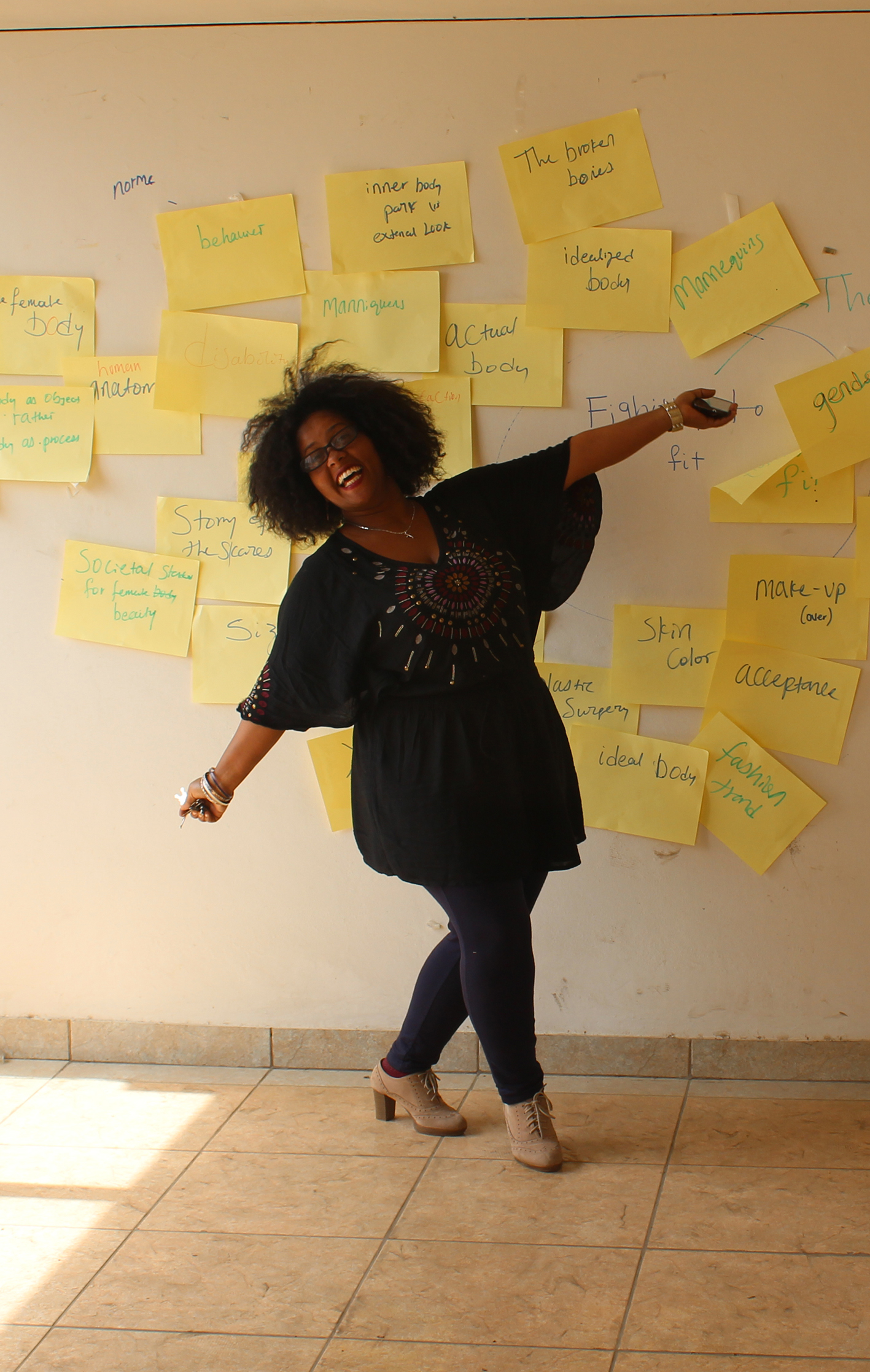 Bio: Martha Haile nació en Addis Abeba en 1990. En el 2005, se le otorgó su licenciatura por el Departamento de Diseño Industrial de la Escuela Alle de Bellas Artes y Diseño. Fue en la universidad que participó en diferentes actividades artísticas, exposiciones y talleres, como la Colaboración Arte Experimental de Vídeo con el Instituto de Oliafur Elliason de RaumExperimental en 2012. Después de graduarse enseñó diseño de interiores en la Universidad de la Unidad, una institución privada en Addis. También hizo de consultora para un programa de televisión llamado Betlembosa. También ha participado como intérprete en un taller de performance dirigida por artistas noruegos bajo el techo de la Escuela Alle de Bellas Artes y Diseño en las calles de Addis. Mientras tanto, trabajaba en varias comisiones de diseño gráfico. Mientras que da clases, Martha está inscrita en el nuevo Programa de Maestría de Bellas Artes ASFAD. Su experimentación artística se ha ampliado a través de diferentes proyectos. Actualmente, se encuentra trabajando en diferentes proyectos: principalmente está involucrada en un proyecto sobre maniquíes y cómo éstos reflejan distintas culturas. Ella cuestiona el nivel de fidelidad de los maniquíes a la figura humana, y la forma en que contribuyen al cambio en la sociedad y la manera de vivir. Ella cree que el mundo se está volviendo de plástico, las jarras de agua tradicionales sustituidas por botellas de plástico y el cuerpo humano utilizando el plástico para mejorar su sexualidad. Ella encuentra que los maniquíes encarnan este cambio y es la representación última de nuestro mundo cada vez más plástico. El estándar de la belleza y de la humanidad representada por el maniquí es casi inalcanzable para los seres humanos. El arte de acción creado y realizado en un espacio público en el centro de la ciudad era la parte principal del proyecto de su maniquí hecho de una manera conceptual, para crear una plataforma para que el público participe en esta dialéctica.
Bio: Martha Haile nació en Addis Abeba en 1990. En el 2005, se le otorgó su licenciatura por el Departamento de Diseño Industrial de la Escuela Alle de Bellas Artes y Diseño. Fue en la universidad que participó en diferentes actividades artísticas, exposiciones y talleres, como la Colaboración Arte Experimental de Vídeo con el Instituto de Oliafur Elliason de RaumExperimental en 2012. Después de graduarse enseñó diseño de interiores en la Universidad de la Unidad, una institución privada en Addis. También hizo de consultora para un programa de televisión llamado Betlembosa. También ha participado como intérprete en un taller de performance dirigida por artistas noruegos bajo el techo de la Escuela Alle de Bellas Artes y Diseño en las calles de Addis. Mientras tanto, trabajaba en varias comisiones de diseño gráfico. Mientras que da clases, Martha está inscrita en el nuevo Programa de Maestría de Bellas Artes ASFAD. Su experimentación artística se ha ampliado a través de diferentes proyectos. Actualmente, se encuentra trabajando en diferentes proyectos: principalmente está involucrada en un proyecto sobre maniquíes y cómo éstos reflejan distintas culturas. Ella cuestiona el nivel de fidelidad de los maniquíes a la figura humana, y la forma en que contribuyen al cambio en la sociedad y la manera de vivir. Ella cree que el mundo se está volviendo de plástico, las jarras de agua tradicionales sustituidas por botellas de plástico y el cuerpo humano utilizando el plástico para mejorar su sexualidad. Ella encuentra que los maniquíes encarnan este cambio y es la representación última de nuestro mundo cada vez más plástico. El estándar de la belleza y de la humanidad representada por el maniquí es casi inalcanzable para los seres humanos. El arte de acción creado y realizado en un espacio público en el centro de la ciudad era la parte principal del proyecto de su maniquí hecho de una manera conceptual, para crear una plataforma para que el público participe en esta dialéctica.
Martha Haile was born in Addis Ababa in 1990. In 2005, she was awarded her bachelor’s degree from the department of industrial design of the Alle school of fine arts and design school. While there, she participated in different artistic activities, exhibitions and workshops, such as the Experimental Video Art Collaboration with Oliafur Elliason’s institute of RaumExperimental in 2012. After she graduated from the school, she taught interior design at Unity University, a private institution in Addis. She also consulted for a TV show called betlembosa. She also participated as performer in a live performance workshop led by Norwegian performing artists under the roof of Alle School of Fine Art and Design and held in the streets of Addis. In the mean time, she worked on several commissioned design projects.
While teaching, Martha also enrolled into the ASFAD new Fine Arts Masters Program. . Her artistic experimentation has been expanded through different projects. Currently, she is working on different projects; mainly she is involved in a project about mannequins and how they can easily reflects different cultures and influences them deeply. She questions the representation of the mannequins in relation to the human figure, and how they contribute to change in society and way of living. She believes that the world is changing into a plastic world, from the traditional water jugs replaced by plastic bottles to human bodies using plastic to enhance their sexuality. She finds that mannequins embody this change and is the ultimate representation of our increasingly plastic world. The standard of beauty and humanity represented by the mannequin is almost unattainable for the human beings. The performance art she created and performed at the public space in the inner city was the main part of her mannequin’s project done in a conceptual manner so that it creates a platform for the public to participate in the discourse.
/////////////////////////////////////////////////////////
Miriam Haile, Tigrinya Wealth, 09:38, 2015
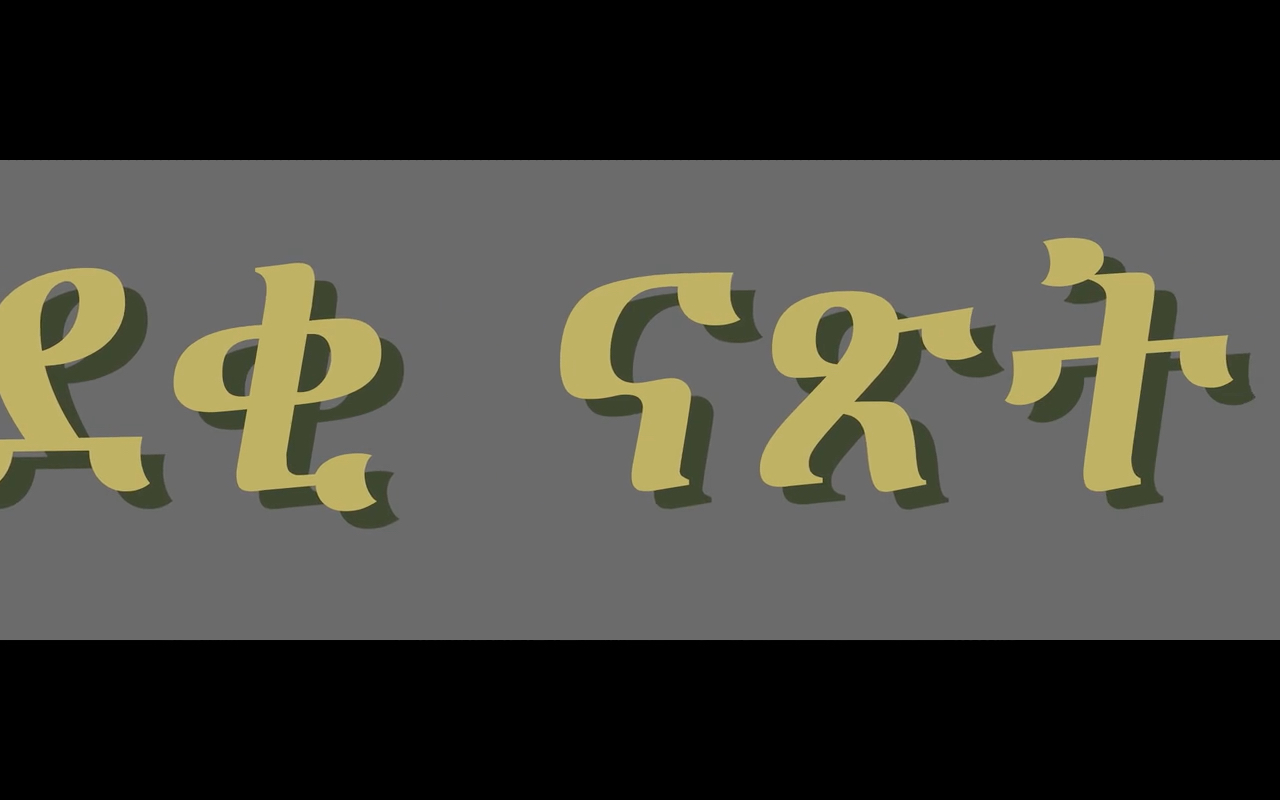
Synopsis:Esta obra intenta investigar cómo interpretar la historia de una nación joven, Eritrea tras una lucha por la independencia de 30 años y documentos que hay en internet sobre el idioma Tigrinia. Mediante el uso de 3 citas en Tigrinia que uno podría asociar con activistas de Eritrea, al “nuevo hogar” eritreo se le puede añadir un estrato más, el paisaje digital viral. La película es un estudio visual del lenguaje escrito de Tigrinia y el alfabeto Geez. Como lengua escrita juega un papel central en la historia y la cultura de Eritrea y la presentación digital puede introducir una transformación relacionada con el momento actual en la historia de los dos países y también puede introducir un tiempo y contexto futuristas “post humano”.
The work seeks to investigate how to interpret the history of a young nation, Eritrea ́s 30 year freedom struggle and It ́s language _Tigrinya_online documentation. By using 3 quotations in Tigrinya that one might associate with Eritrean activists, the “new home” may be layered with a viral digital landscape. The film is a visual study of the written language Tigrinya and the Geez alphabet. As written language plays a central role in Eritrea’s ́history and culture the digital examination may introduce a transformation linked to current time of the countries history and may also introduce a futuristic “post human “ time and context.
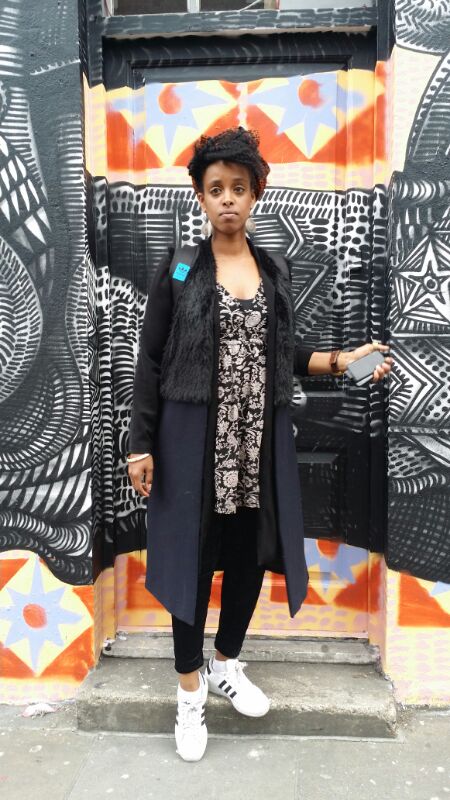 Bio: Su trabajo artístico se centra principalmente en cuestiones en torno a la emigración, la historia colonial y de frontera, ya sea de una forma tangible o en distintas transformaciones digitales. Ella ha hecho trabajo que examina los diferentes métodos de archivos en línea, tales como correos electrónicos y foros de discusión. Su trabajo se centra principalmente en la producción de imágenes en movimiento buscando “nuevos” significados y la presentación de archivos online como documentos para un futuro donde la raza humana no exista. Su trabajo a menudo trata de instigar alternativas y el diálogo interdisciplinario. Sus proyectos, que tocan temas políticos, cartografías, y tienen un potencial sentimental afectivo, se realizan con la esperanza de jugar un papel decisivo en el rol del arte de examinar el lenguaje de los archivos y que la audiencia lo perciba. Posiblemente también sirva para que los archivos actúen como mecanismos de recuperación de la historia. Su trabajo toma a menudo la forma de instalación multimedia, siendo algunos de sus principales medios la fotografía, el cine, la internet y el sonido con temáticas como: La minoría vs. La mayoría; Aislamiento Urbano vs. Espacio Público; Identidad y Nacionalidad vs Sociabilidad y Género; Sub-cultura vs. Cultura Comercial y Archivo/Historia vs Historia Digital.
Bio: Su trabajo artístico se centra principalmente en cuestiones en torno a la emigración, la historia colonial y de frontera, ya sea de una forma tangible o en distintas transformaciones digitales. Ella ha hecho trabajo que examina los diferentes métodos de archivos en línea, tales como correos electrónicos y foros de discusión. Su trabajo se centra principalmente en la producción de imágenes en movimiento buscando “nuevos” significados y la presentación de archivos online como documentos para un futuro donde la raza humana no exista. Su trabajo a menudo trata de instigar alternativas y el diálogo interdisciplinario. Sus proyectos, que tocan temas políticos, cartografías, y tienen un potencial sentimental afectivo, se realizan con la esperanza de jugar un papel decisivo en el rol del arte de examinar el lenguaje de los archivos y que la audiencia lo perciba. Posiblemente también sirva para que los archivos actúen como mecanismos de recuperación de la historia. Su trabajo toma a menudo la forma de instalación multimedia, siendo algunos de sus principales medios la fotografía, el cine, la internet y el sonido con temáticas como: La minoría vs. La mayoría; Aislamiento Urbano vs. Espacio Público; Identidad y Nacionalidad vs Sociabilidad y Género; Sub-cultura vs. Cultura Comercial y Archivo/Historia vs Historia Digital.
Her work and artistic practice mainly focuses on questions around migration, colonial history and border politics, wether It be in a physical form or in different digital transformations. She has done work that revisits different methods of online archives- such as emails and chat forums. Her work mainly focuses on the moving images producing “new” meaning and also online archives as form of futuristic “post human” documents– Her work often seek to instigate an alternative and interdisciplinary dialogue. With a political landscape, cartographies, and affective potential her projects hopes to play a critical actor in the art_field of examining and perhaps confronting the viewer/reader on how one might understand archival imagery. Possibly also a historical recovery by using archives as a medium.
Often presented within multimedia installation. Some of her main mediums are photography_film_(the internet) and sound. Thematics such as :Minority Vs. Majority, Urban Isolation Vs. Public space. Identity and Nationality vs Sociality and Gender, Sub-culture Vs. Capitalistic “commercialized” culture and archive/history Vs, Cyber_Digital history are often visited.
/////////////////////////////////////////////////////////
Mulugeta Gebrekidan, Inside Out, 02:58, 2013
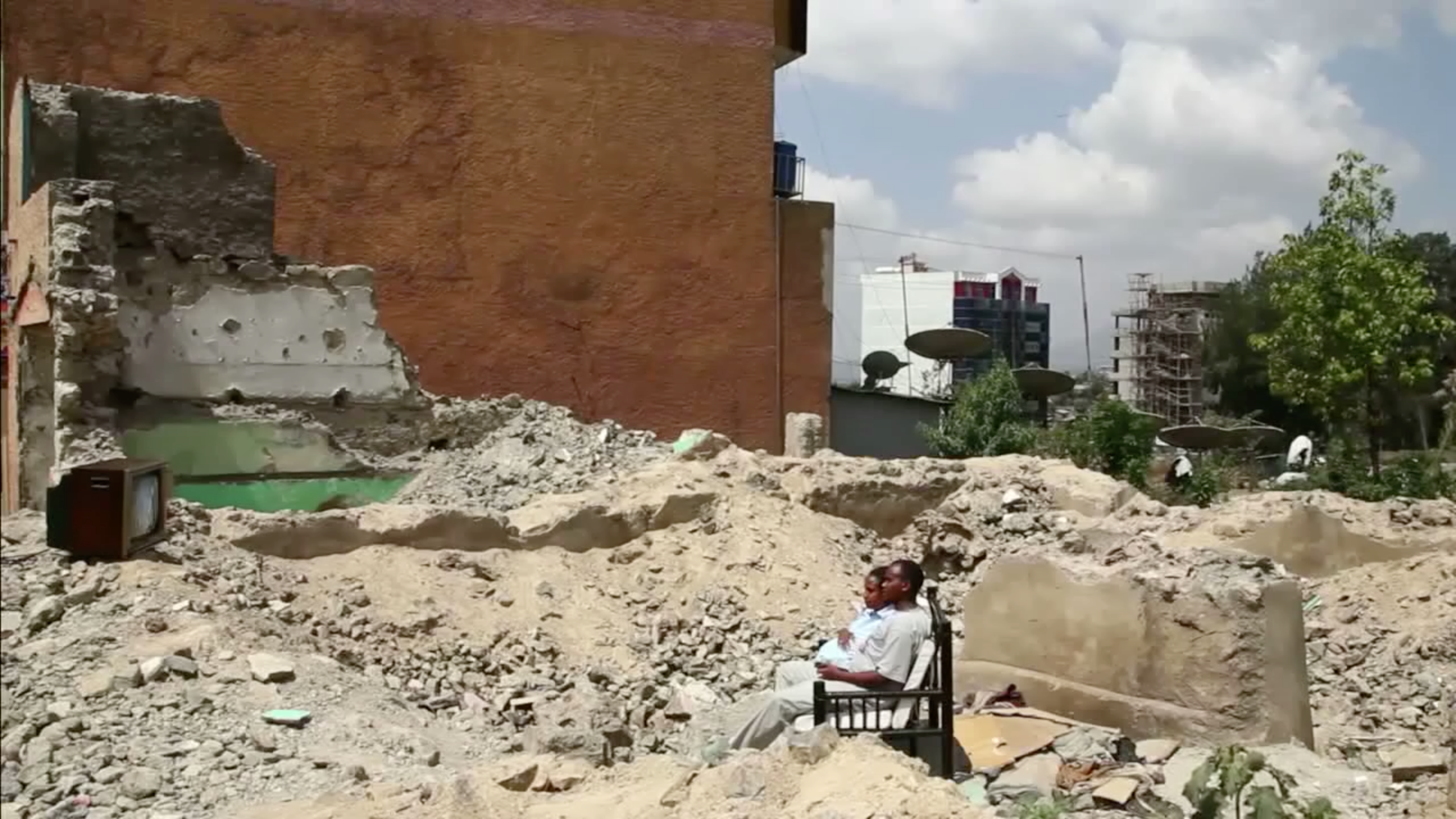
Synopsis: “Al revés” es un boceto de la vida de la gente en en Addis Abeba, Etiopía dentro de un contexto de tensión entre modernidad y tradición. La película presenta la rápida urbanización -las dos fuerzas opuestas de la destrucción y la construcción – que plantea la cuestión de qué es lo que sucede en el interior – dentro de los corazones y las mentes de la gente, cuando el mundo empieza a girar a una velocidad vertiginosa en el exterior.
’Inside out’ is a sketch of peoples’ lives against a backdrop of tension between modernity and tradition in Addis Ababa, Ethiopia. The film takes a look at rapid urbanization—the two forces of destruction and construction—raising the question of what happens on
the inside—within the hearts and minds of people—when the world begins to turn at breakneck speed on the outside.
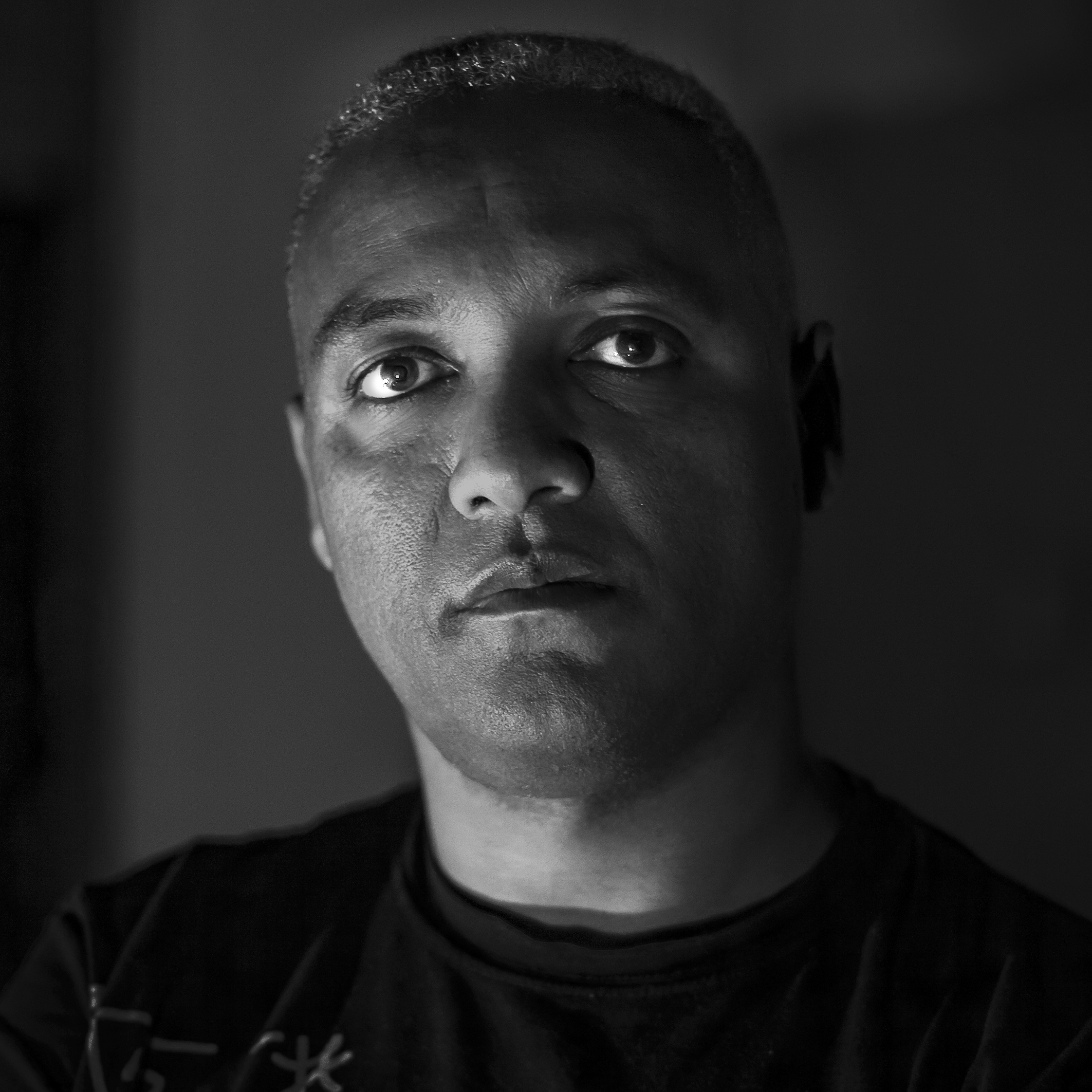 Bio: Mulugeta Gebrekidan, based in Addis Ababa, Ethiopia, is a visual artist. After studying painting at the Addis Ababa University’s Alle School of Fine Arts and Design he has been exhibiting his works in Africa, Europe and the US. Ha hecho una residencia artística en el VCCA (Centro de Virginia creativo para las Artes) en EE.UU. y expuso 32 grados este de Kampala, Uganda, en la Academia de Bellas Artes de Viena, Austria. También ha participado en varios talleres de fotografía y vídeo en Etiopía y Alemania. Después de pintar durante varios años su práctica artística volcó su interés en la fotografía, el vídeo y la performance. Durante los últimos cuatro años ha creado una plataforma para el diálogo visual, conceptual y público sobre cuestiones sociales a través de obras específicas e intervenciones de arte público. En sus obras recientes refleja la cuestión del hogar, el desplazamiento, la migración y la identidad.
Bio: Mulugeta Gebrekidan, based in Addis Ababa, Ethiopia, is a visual artist. After studying painting at the Addis Ababa University’s Alle School of Fine Arts and Design he has been exhibiting his works in Africa, Europe and the US. Ha hecho una residencia artística en el VCCA (Centro de Virginia creativo para las Artes) en EE.UU. y expuso 32 grados este de Kampala, Uganda, en la Academia de Bellas Artes de Viena, Austria. También ha participado en varios talleres de fotografía y vídeo en Etiopía y Alemania. Después de pintar durante varios años su práctica artística volcó su interés en la fotografía, el vídeo y la performance. Durante los últimos cuatro años ha creado una plataforma para el diálogo visual, conceptual y público sobre cuestiones sociales a través de obras específicas e intervenciones de arte público. En sus obras recientes refleja la cuestión del hogar, el desplazamiento, la migración y la identidad.
Mulugeta Gebrekidan, based in Addis Ababa, Ethiopia, is a visual artist. After studying painting at the Addis Ababa University’s Alle School of Fine Arts and Design he has been exhibiting his works in Africa, Europe and the US.
He has done Art Residency Programs at VCCA (Virginia Creative Center for the Arts) in USA, 32 degree East in Kampala, Uganda, Academy of Fine Arts Vienna, Austria. He has also participated in several photography and Video workshops in Ethiopia and Germany.
After Painting for several years his artistic practice shifted in to Photography, Video and Performance art. For the last four years he has been creating a platform for visual, conceptual, and public dialogue on social issues through his site-specific works and public art interventions. In his recent works he reflects the question of home, displacement, migration and identity.
/////////////////////////////////////////////////////////
Naod Lemma, 360 Birtukanoch/ 360 Oranges, 14:57, 2015
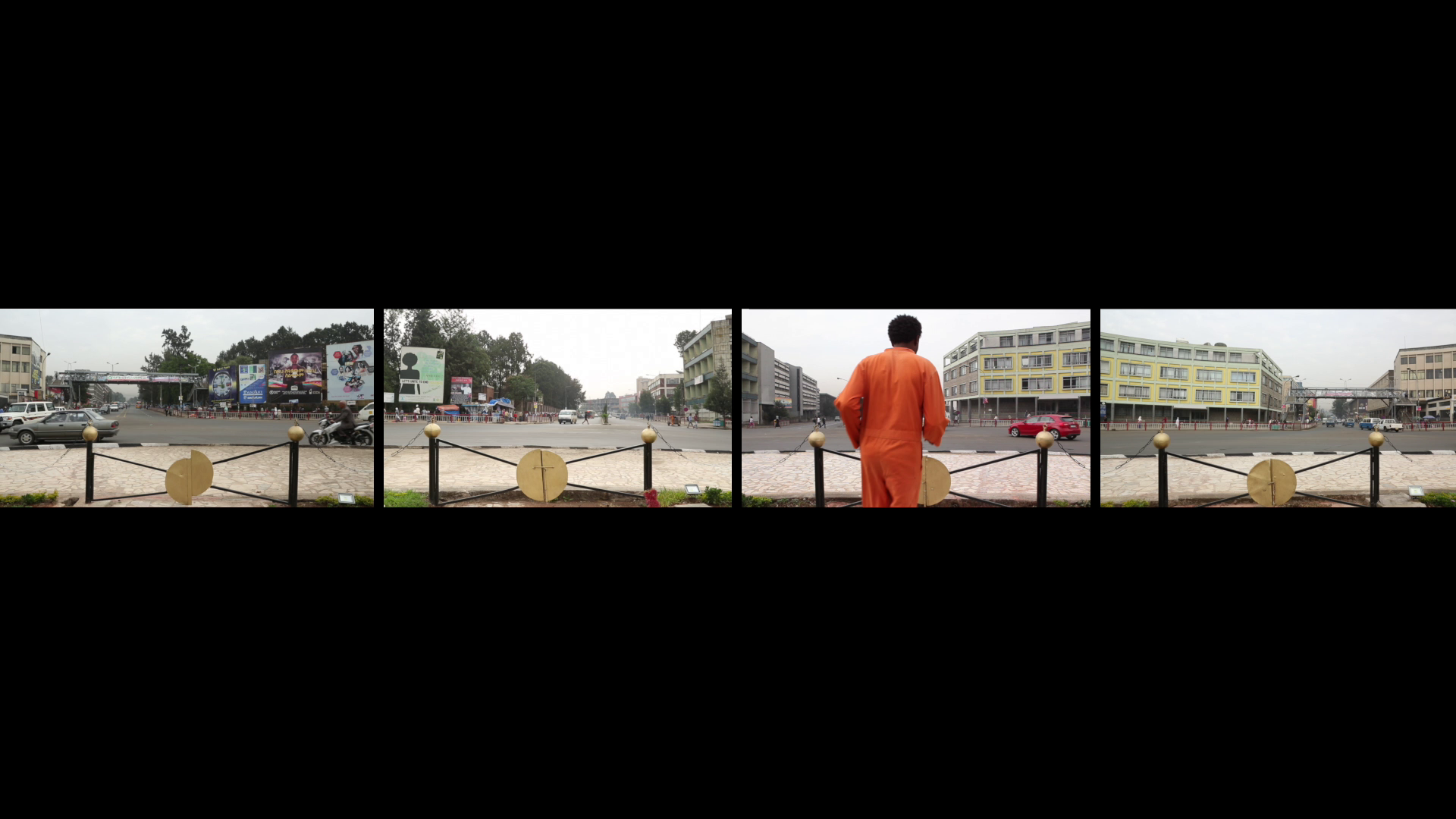
Synopsis: 360 Naranjas es un proyecto que se expresa a través de la performance y la instalación audiovisual para explorar la terrible experiencia que el tener que ver el vídeo de ISSI que muestra la ejecución de 30 cristianos etíopes el 19 de abril de 2015 por los medios sociales y la reacción a tal tortura emocional.
360 Oranges is a performance and video installation project that explore the torturing experience and emotional response to the ISSI propaganda video that shows the execution of 30 Ethiopian Christians in April 19th, 2015 and released on the international social media.
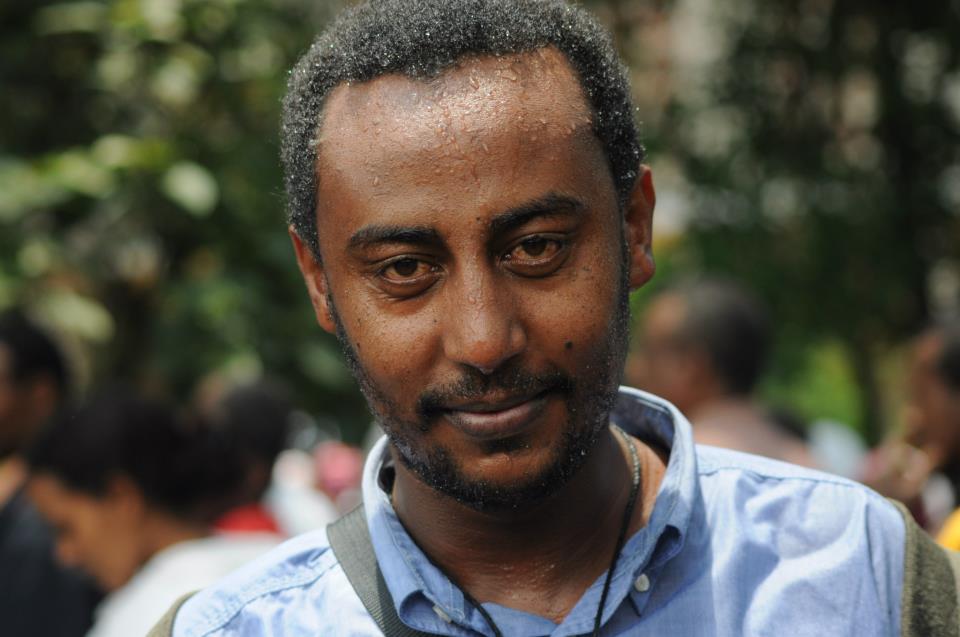 Bio:
Bio:
Nacido en 1982, Naod Lema creció en Addis Abeba, en el barrio del mercado más antiguo de África (Merkato). En el 2009, Naod se licenció en Estudios de Teatro por la Universidad de Addis Abeba. Después comienza a explorar diferentes medios como la fotografía, el cine y la performance como medios de expresión y auto-exploración. Naod es un fotógrafo y cineasta premiado en varias ocasiones que ha participado en numerosas exposiciones de arte y festivales de fotografía en su país y en el extranjero. El arte multimedia de Lemma explora la vida de diferentes tipos de personas en el ambiente en el que habita. En el 2010 Naod comenzó a trabajar en un proyecto en curso que se centra en retratos (sobre todo de personas de su propio país), y a los retratados como “extraños” dentro de su existencia ordinaria en su vida diaria. Su función es la de dar un reconocimiento a su existencia a través de sus obras de arte según sus palabras. Actualmente Naod pretende extender este proyecto en un intento político de representar una sociedad que está pasando por transformaciones profundas a través de distintos medios, como el sonido, la fotografía, los audiovisuales y la performance. Quiere capturar los detalles ordinarios, casi invisibles de su ciudad y la forma en que la gente la habita, hablando de la forma en que la opresión política, las inflaciones económicas, las tensiones religiosas, los conflictos étnicos y las dificultades que surgen dentro de una sociedad tan diversa afecta a la vida cotidiana de sus ciudadanos.
Naod Lemma. Born in 1982, Naod Lemma grew up in Addis Ababa in the oldest market neighborhood in Africa (Merkato). In 2009, Naod graduated from the Addis Ababa University Theatrical Art department. After the degree in Theatre Studies he starts to explore different mediums such as photography, filmmaking and performance for self-expression and self-exploration. Naod is an award winning photographer and filmmaker, he participating in numerous art exhibitions and Photo festivals in his country and abroad. Lemma’s multi media arts explore different kinds of people existence in the environment. In 2010 Naod started working to an ongoing project that focuses on portraits of human beings (mostly from his own country) and their condition as “stranger” within their ordinary existence in their daily life. His role is to give recognition to their existence through his Art works, he Says, my role is to give recognition to their existence through my art works. Currently Naod extend ordinary existence project in to a political attempt to depict (through different media such as sound, photography, audiovisual and performance) a whole society which is going through deep transformations. He wants to capture ordinary, almost invisible details of his city and the way people inhabit it. He shifted from portraits scenes of Addis Abeba and the way political oppression, economical inflations, religious tensions, ethnical conflicts and the difficulties due to the unification of such a diverse society affects the daily existence of its citizens.
/////////////////////////////////////////////////////////
Robel Temesgen, Semone Himamat/Holly Week, 07:00, 2013
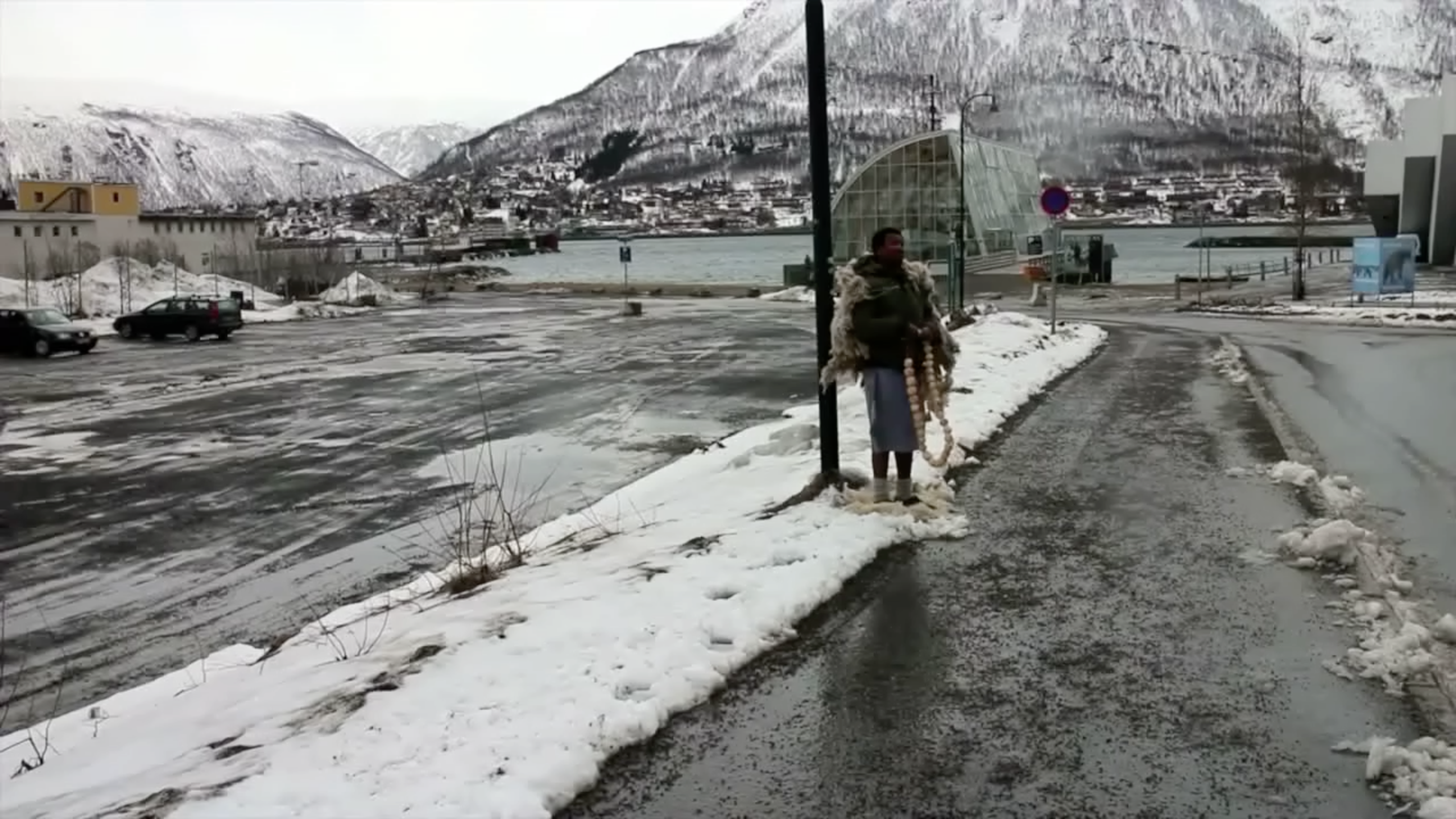
Synopsis: Durante las vacaciones ortodoxas es común que los monjes salgan de los monasterios a predicar. Como parte del ritual, los monjes eligen un espacio “al azar” en la vía pública y lo habilitan para crear un entorno. Los fieles se van agregando y de manera pacífica y ordenada se organizan alrededor de los monjes sin romper el flujo de la ciudad. Como artista recientemente trasladado a Noruega, y para darme consuelo, comienzo a estudiar los tejidos sociales y detectar dónde y cómo las personas interactúan con los espacios públicos, y decido invadirlo con una performance que duran cuatro días durante la Semana Santa, bajando por las calles de Tromsø, una performance en la que me auto-flagelo. Semone Himamat / Semana Santa tiene lugar en un aparcamiento al lado del puerto, en las calles de la ciudad y frente a la iglesia de Tromsø Domkirke. La performance acaba el día antes de la Pascua, y supone convertirme en elemento molesto según la descripción de la policía que respondió a las llamadas alarmadas de los ciudadanos: Un extraño que tomaba posesión del espacio. Un monje venido a una ciudad desde un monasterio excavado en una cueva.
Preacher by monks from monasteries is common during the Orthodox Christianity holidays. As part of the ritual, the monks claim a ‘random’ public space to create the environment. People with same religion began to gather and create way with the help of the act and collaboration of the pedestrian. As a newly located artist in Norway, as an act of comforting oneself, studying the social fabrics and identifying where are and how people interact with the public spaces, I chose to appropriate the act. For four days during the Holly week of Easter, I descend on the streets of Tromsø, with the act of Self-Flagellation. Semone Himamat/ Holly Week is performed in Tromsø; in a parking lot by the harbor, in the Streets of the town and in front of the church Tromsø Domkirke. With the performance ending on the day before Easter, I put myself as a n element; a n element of ‘Discomfort’ (followed by the calls from individuals; the way the police put it): A stranger who claimed the space. A monk from the cave monastery to a town.
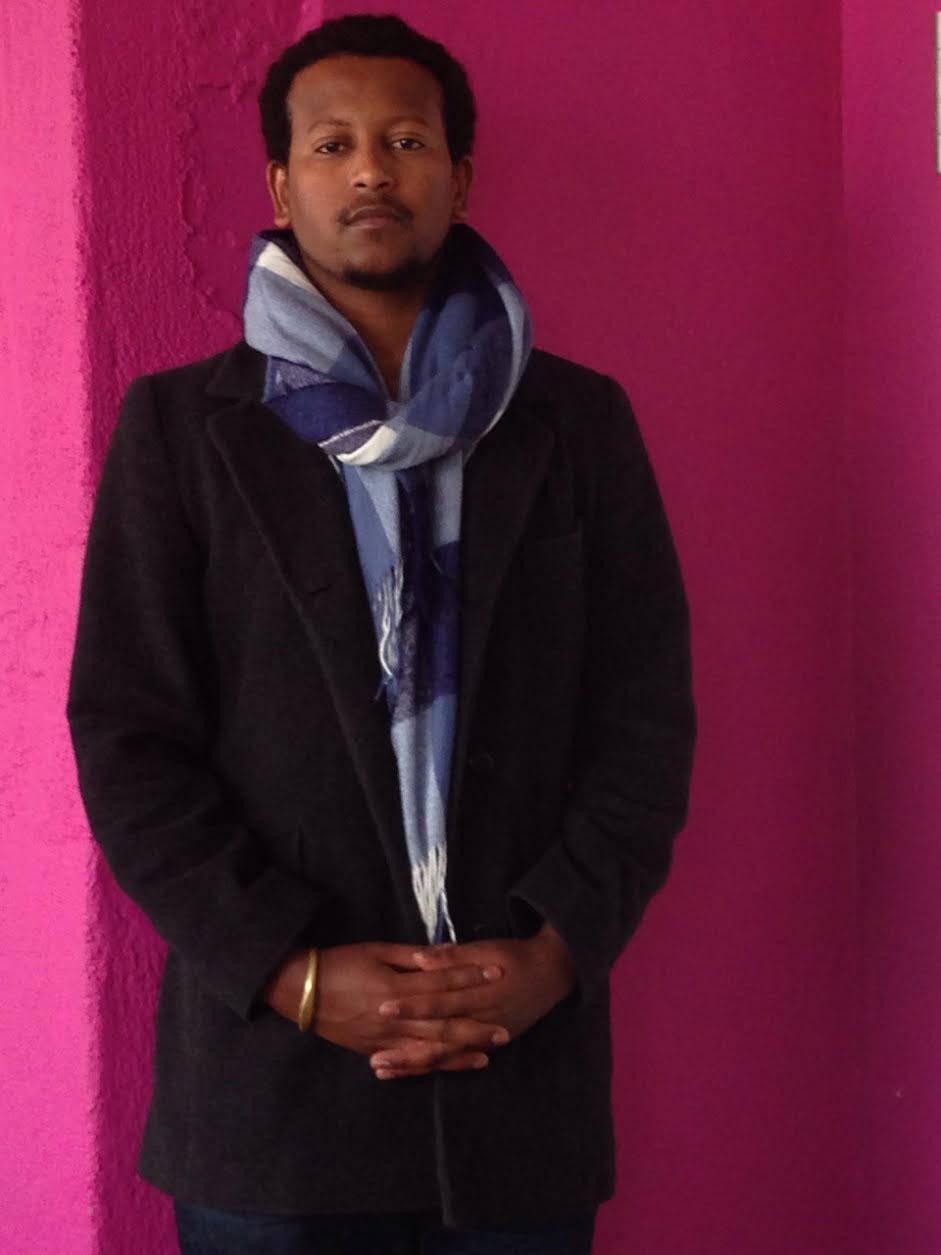 Bio: Robel Temesgen (1987, Etiopía) se Licenció en Bellas Artes con la especialidad de Pintura por la Universidad de Addis Abeba en el 2010. Su práctica se centra en la pintura y abarca elementos de performance, instalación, vídeo y proyectos de colaboración. Temesgen ha enseñado pintura en la Escuela de Bellas Artes y Diseño Alle, Addis Abeba entre el 2010 y el 2013. En la actualidad está llevando a cabo un master en la en Academia de Arte Contemporáneo Tromsø en la Universidad del mismo nombre en Noruega. Su trabajo ha sido expuesto tanto en Etiopía como internacionalmente.
Bio: Robel Temesgen (1987, Etiopía) se Licenció en Bellas Artes con la especialidad de Pintura por la Universidad de Addis Abeba en el 2010. Su práctica se centra en la pintura y abarca elementos de performance, instalación, vídeo y proyectos de colaboración. Temesgen ha enseñado pintura en la Escuela de Bellas Artes y Diseño Alle, Addis Abeba entre el 2010 y el 2013. En la actualidad está llevando a cabo un master en la en Academia de Arte Contemporáneo Tromsø en la Universidad del mismo nombre en Noruega. Su trabajo ha sido expuesto tanto en Etiopía como internacionalmente.
Robel Temesgen (b. 1987, Ethiopia) received a BFA in Painting from Addis Abeba University in 2010. His practice focuses on painting and encompasses elements of performance, installation, video and collaborative projects.
Temesgen taught painting at the Alle School of Fine Arts and Design, Addis Abeba between 2010 and 2013. He is currently undertaking an MFA at Tromsø Academy of Contemporary Art, University of Tromsø, Norway. His work has been exhibited in Ethiopia and internationally.
/////////////////////////////////////////////////////////
Yacob Bizuneh, Circle and Hollow, 03:19, 2013
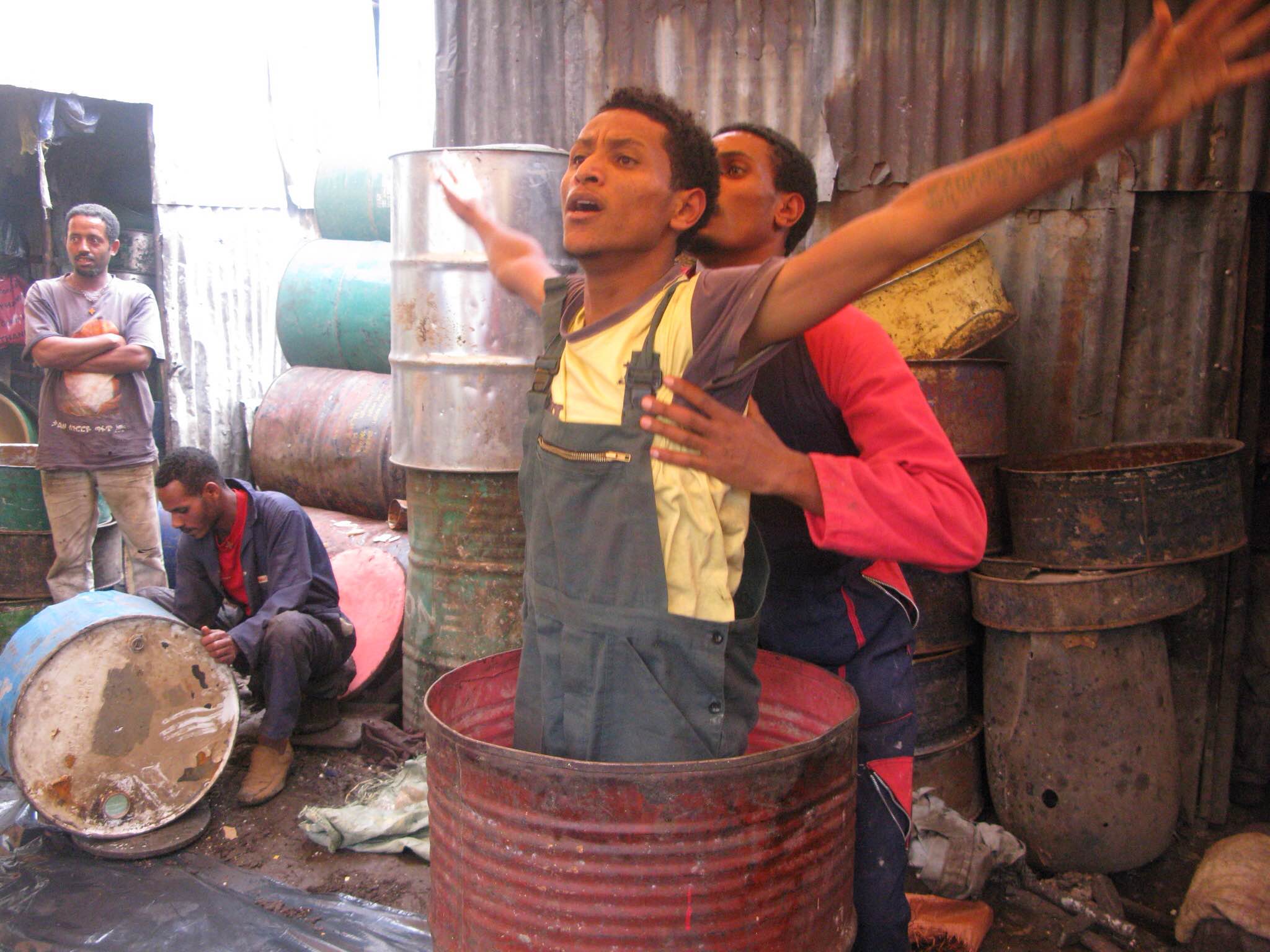
Synopsis: Merkato es un lugar donde el dicho “la vida es como un círculo” cobra realidad. Las cosas que sucede en Merkato de forma diaria no se pueden imaginar. Es un lugar para todo el mundo. Este trabajo de vídeo está inspirado en una parte de Merkato llamada Bermel Tera, un lugar donde la gente trabaja duro para transformar barriles en herramientas que luego venden. para los consumidores. Allí, la vida gira todos los días igual, repitiéndose sin principio ni fin, como los barriles con los que trabajan. Pero cuando uno se acerca y escucha atentamente, puede ver que están creando música contemporánea e instalación de arte al martillear barriles de colores. Este es un vídeo que intenta capturar la vida en Bermel Tera con una danza contemporánea a ritmo de martillo.
Merkato is a place where the saying “life is like a circle” really applies. Every kind of things happens in Merkato at a daily basis that one can’t imagine exists. It’s a place
for every body. This video work is inspired by a segment of Merkato called Bermel
Tera, a place where people work hard to transform barrels in to every day utensils for consumers. There, life revolves in that space doing the same thing every day, repeating itself like there is no beginning or end like the shape of those barrels they are dealing with. But when I see and listen closely it’s like they are making a contemporary music and at the same time installation when hammering those colorful barrels. This video attempt to depict life in bermel tera in contemporary dance tuning with the music from hammering the barrels.
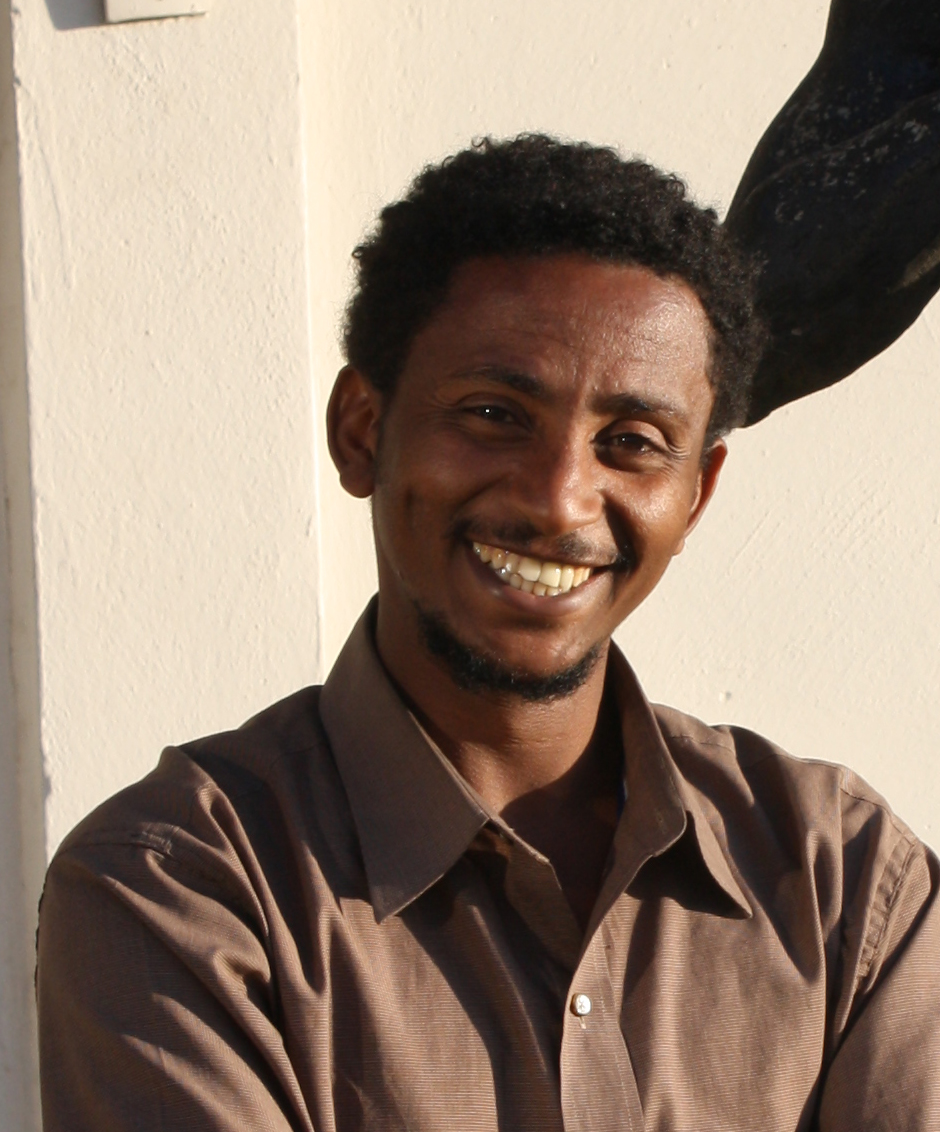 Bio: My name is Yacob Bizuneh. I was born in 1983 in Addis Ababa Ethiopia. . I am an visual artist and instructor at Alle School of Fine Arts and Design, Addis Ababa University. I graduated with BFA with distinction, specialization in painting, in the same School (2013). After a trajectory which brought me to both study at the Addis Ababa Tegbared Technical and Vocational Education and Training College (and obtain a diploma in drafting technology) and at the same time to develop my studio practice. For some years, I developed my artistic research, completed my educational path and worked at the same time on different architectural design and computer aided manual drawings for different companies. These experiences all together helped me to become, today, very active, sociable, hard working, and responsible person and strengthened my experience in organizing the work during the whole creative process, from the conception to the production of my projects
Bio: My name is Yacob Bizuneh. I was born in 1983 in Addis Ababa Ethiopia. . I am an visual artist and instructor at Alle School of Fine Arts and Design, Addis Ababa University. I graduated with BFA with distinction, specialization in painting, in the same School (2013). After a trajectory which brought me to both study at the Addis Ababa Tegbared Technical and Vocational Education and Training College (and obtain a diploma in drafting technology) and at the same time to develop my studio practice. For some years, I developed my artistic research, completed my educational path and worked at the same time on different architectural design and computer aided manual drawings for different companies. These experiences all together helped me to become, today, very active, sociable, hard working, and responsible person and strengthened my experience in organizing the work during the whole creative process, from the conception to the production of my projects
Yacob Bizuneh. My name is Yacob Bizuneh. I was born in 1983 in Addis Ababa Ethiopia. . I am an visual artist and instructor at Alle School of Fine Arts and Design, Addis Ababa University.
I graduated with BFA with distinction, specialization in painting, in the same School (2013). After a trajectory which brought me to both study at the Addis Ababa Tegbared Technical and Vocational Education and Training College (and obtain a diploma in drafting technology) and at the same time to develop my studio practice.
For some years, I developed my artistic research, completed my educational path and worked at the same time on different architectural design and computer aided manual drawings for different companies. These experiences all together helped me to become, today, very active, sociable, hard working, and responsible person and strengthened my experience in organizing the work during the whole creative process, from the conception to the production of my projects.
